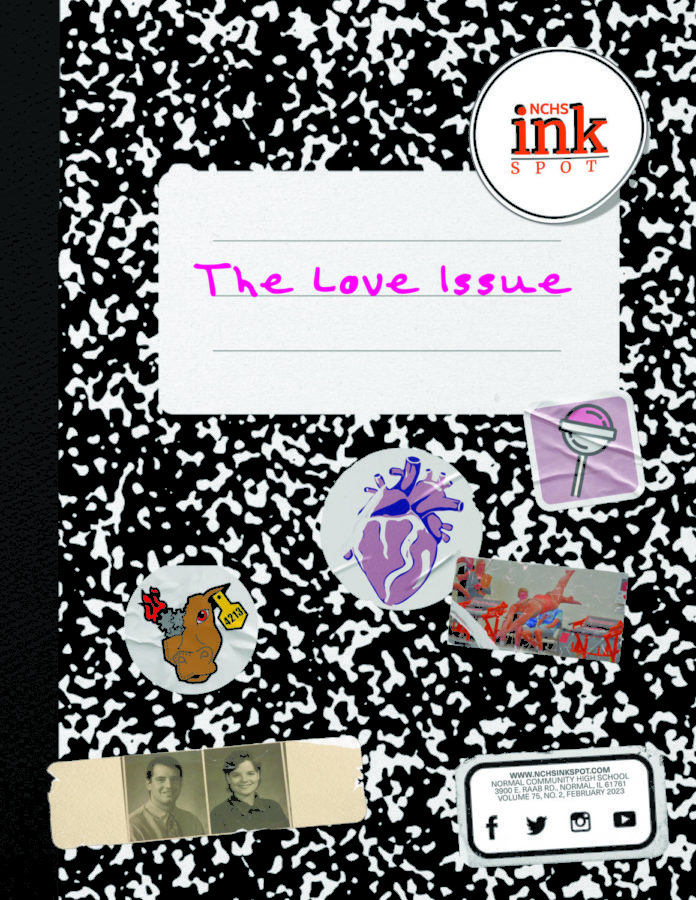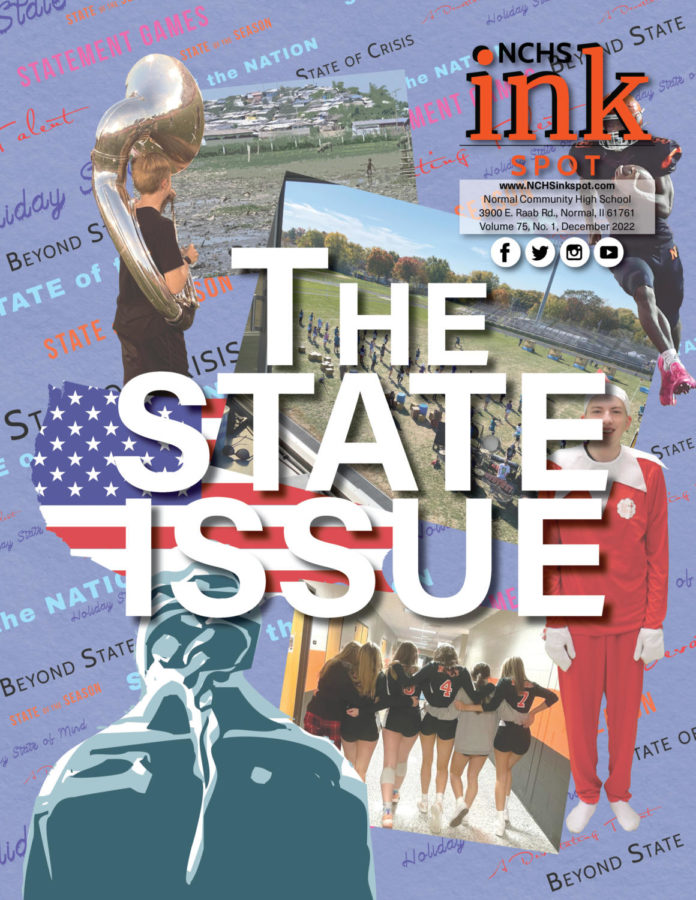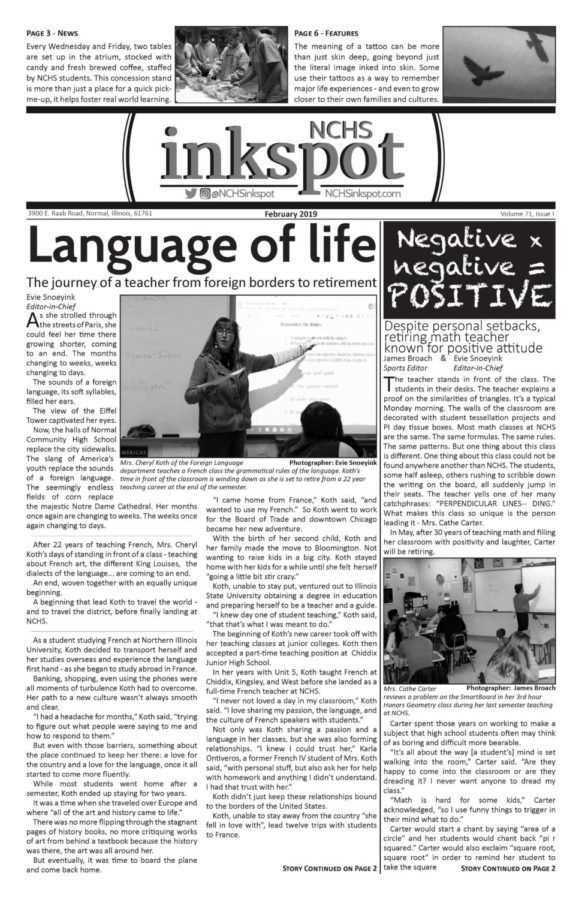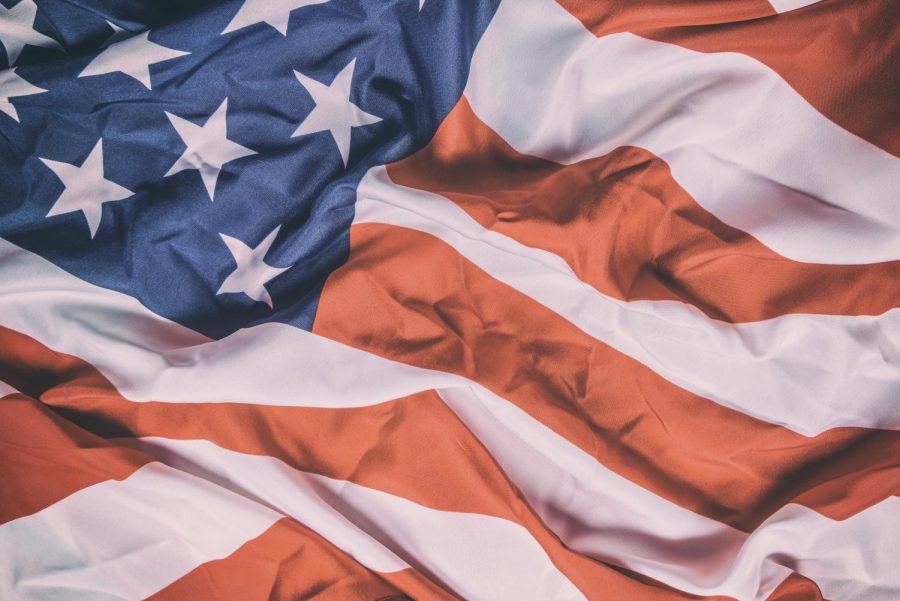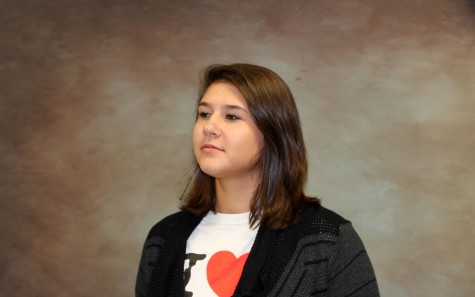Whether it be a melting pot, salad bowl, or mosaic of cultures and ethnicities, America has been the grand home of hope for the “huddled masses” flocking to its shores since the colonial days. Inside American borders, the American Dream, the promise of happiness and better lives to countless immigrants, an idea that has continued for hundreds of years.
Immigrants come to America hoping for something better- a better job, better justice, better health, better happiness or something else entirely. The first generation of American immigrants, the Pilgrims, came to America seeking sanctuary away from religious persecution. Today, American immigrants escape drug-ridden war zones like Mexico seeking safety inside the “Land of the Free”. To those outside of America, the American Dream simply means improvement.
Inside the borders, the American Dream has also meant improvement. Improvement – but in a different sense of the word. Immigrants want the American life, but American citizens want a better American lifestyle. Immigrants and citizens both want upward mobility, but American citizens are known for their specific tangible desires.
The definition of the American Dream had shifted for essentially as long as America has existed. It’s been everything from surviving a war, to becoming a parent, from receiving an education, to owning a company. Today, the recognizable stereotype of the American Dream has become the suburban family of four with a labradoodle and pristine wood front door. Plus the perfectly trimmed lawn right next to the brand new hybrid. From early American generations to the late 1990s, the American Dream has been about the possessions that each individual has. A perfectly trimmed lawn someone else mows. A brand new hybrid someone else washes.
But those were the days of the past. So what is the American Dream now?
Senior Maddie McDonnell,when asked to describe her ideal adult life, said that she “would be living in Florida. I would be a corporate event planner for a large company. Me, myself, and I living by myself.”
In response to the same question, junior Katie Feldner said, “Of course I want to have a family and kids, but I don’t want to be stuck in some job where I’m not happy or enjoying what I’m doing.”
At their most basic elements, in these ideal futures McDonnell is successfully supporting herself and herself only with a job, while Feldner takes the more traditional family path. Already, the differences of the goals between two women of the same generation are vast and drastic.
McDonnell, defining the American Dream, said, “I think for most people it’s to get an education and start a career and start a family.”
While Feldner said, “To me there’s no real ‘definition.’ It’s just whatever the person wants it to be.” McDonnell’s definition of the American Dream lines up with Feldner’s imagined future, while Feldner defined the Dream as whatever one makes it.
Senior Christian Baker expressed that his basic desire for his future is safety. Living without a “whole lot of worries,” Baker said, “Just a secure life, that’s my ideal adult life.”
Johnny Nemeth, a foreign exchange student this year from Slovakia, said that decision to come to America sixth months ago was aided by the promise of the American Dream. To Nemeth (12), however, the American Dream means, [sic] “Building a successful career without corruption and not judged by the race, nationality, sex, and religion.”
So which is it? Is the American Dream living and supporting only yourself, having a family and career, security in life and finance, or freedom from judgement? Or is it something else entirely?
A 2015 Atlantic and ASPEN Institute survey showed the general population named living comfortably, achieving financial security, being debt-free, and providing a comfortable quality of life for your family as the most important characteristics of the American Dream. Based on that definition, it’s actually McDonnell’s and Baker’s dreams that fit the national mold best.
Paul Krogmeier, an English teacher at Normal Community High School, spends the year with his AP Language class reading various types of American literature and identifying the American Dream within them. Eventually his students learn to compare America past and present and recognize the likelihood, or lack thereof, of anyone achieving the Dream.
“I would define the Dream as the pursuit of a betterment of one’s lifestyle,” Krogmeier said, “You can define what ‘betterment’ and ‘lifestyle’ mean depending on your situation.”
According to Krogmeier, the American Dream isn’t about the specific belongings that someone has, but rather it is about making themselves or their life better.
Ultimately, McDonnell’s, Feldner’s, Baker’s, and Nemeth’s dreams are all the American Dream. Despite their obvious differences in characteristic, each dream is about allowing their lives to become more than they already are, and in truth, that is the American Dream.
“Just because they’re different tangible dreams, they can still be the American Dream,” Krogmeier said. “As long as they still fall under that same theory of betterment in their own status.”
This change in the American Dream’s composition has been recent. There are still Americans who define the American Dream as marriage and the family lifestyle, but the younger generations have realized a deeper value to the Dream than the tangible.
“Probably since the baby boomers, right after World War II, it’s been a lot of the same mindset,” Krogmeier said. “I think Millennials are the first generation in a long time to break away from it. They are much more concerned with social justice.”
2000 marked the first of the Millennial generation reaching adulthood. In the 16 years since, more and more young adults have become more involved in society. This has caused the shift in the American Dream.
As Krogmeier said, “You should not spend vast amounts of money on a car, you should not spend vasts amount of money on anything because that’s money you could be spending to make the world a better place.”
The superficial items that first-world America holds on to don’t define the American Dream to the new generation. As America ages, so do its citizens, and so does their character. And that’s what today’s American Dream is about. Better yourself, better America, and, most of all, better the world.


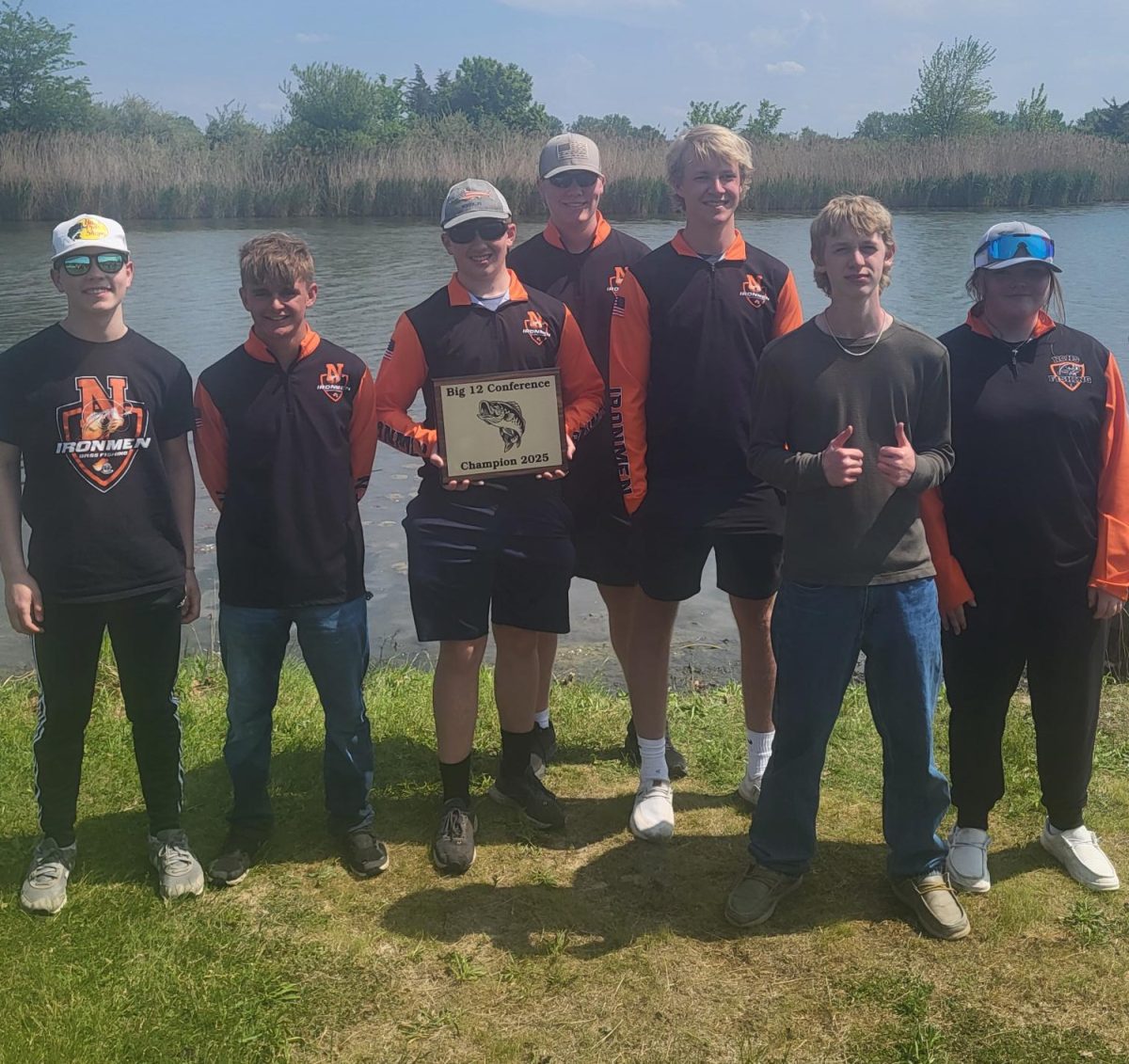

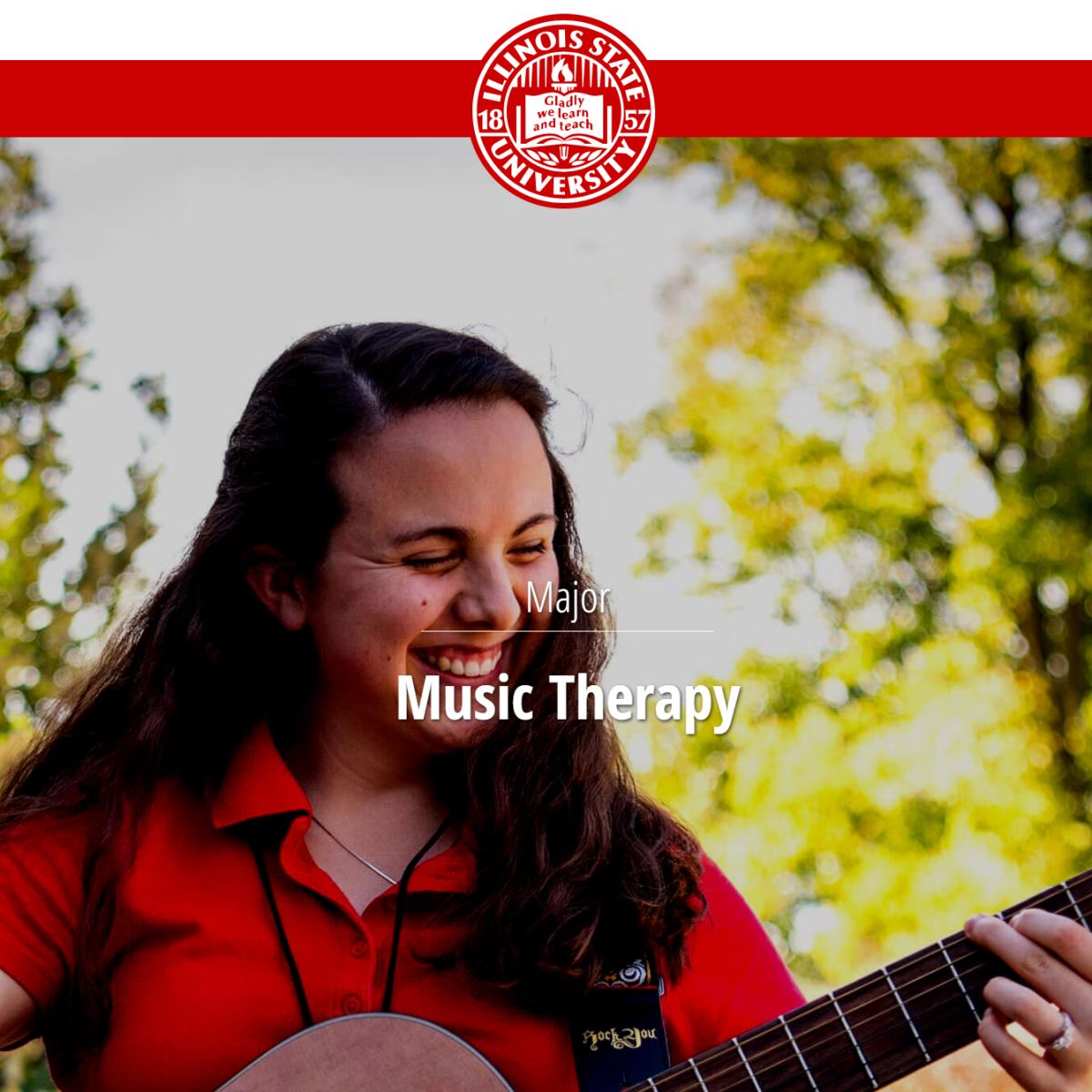




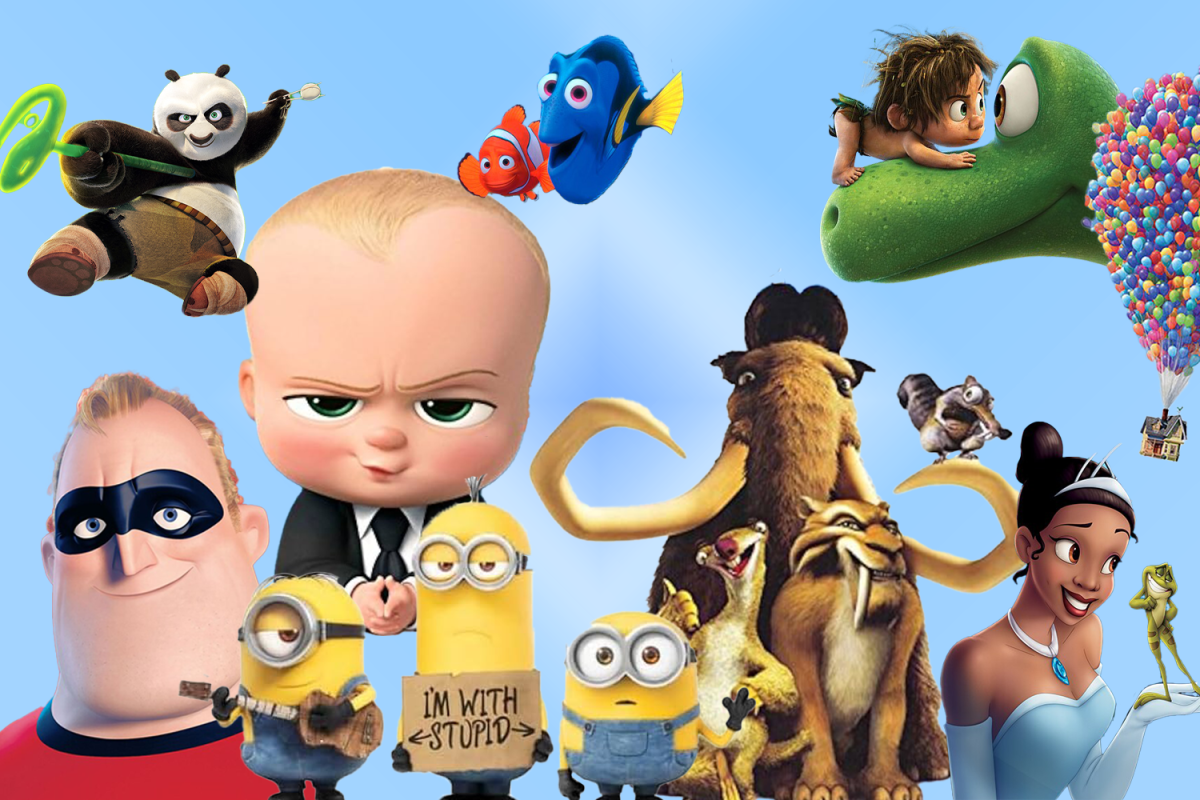
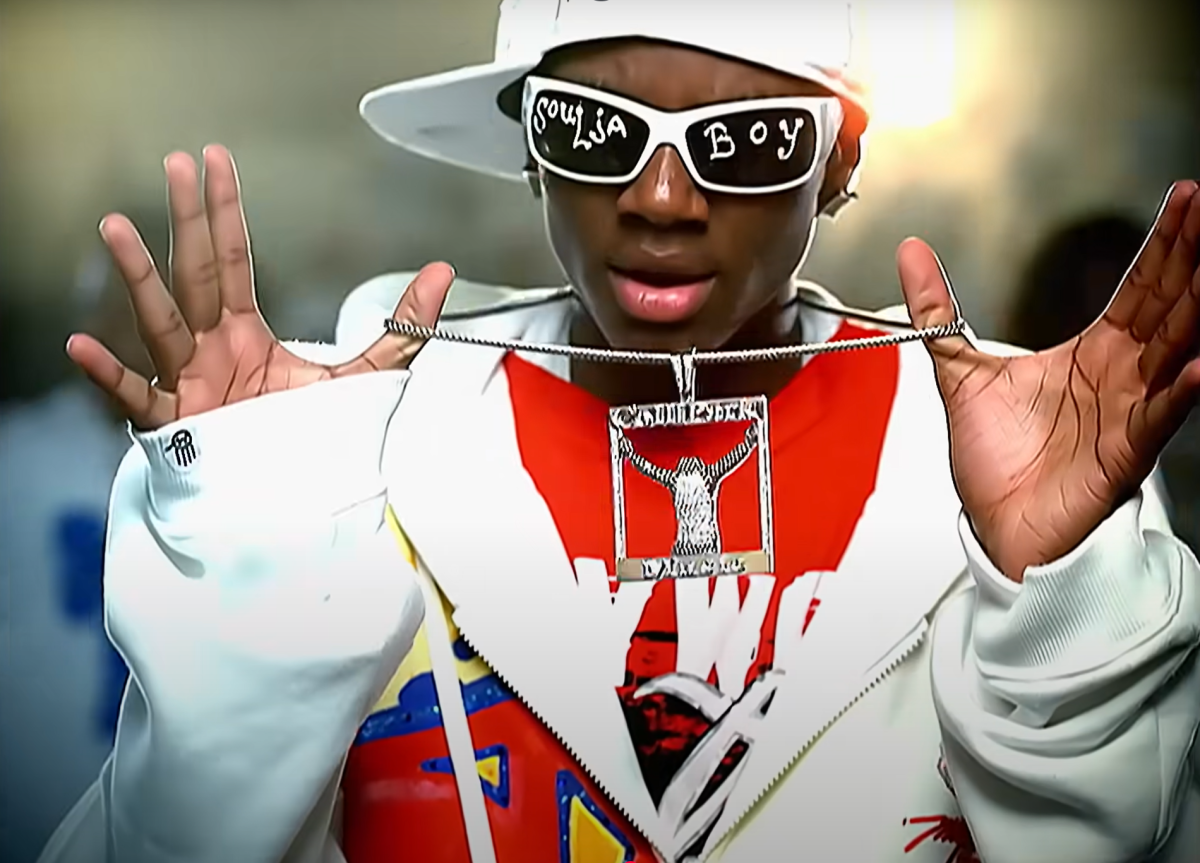


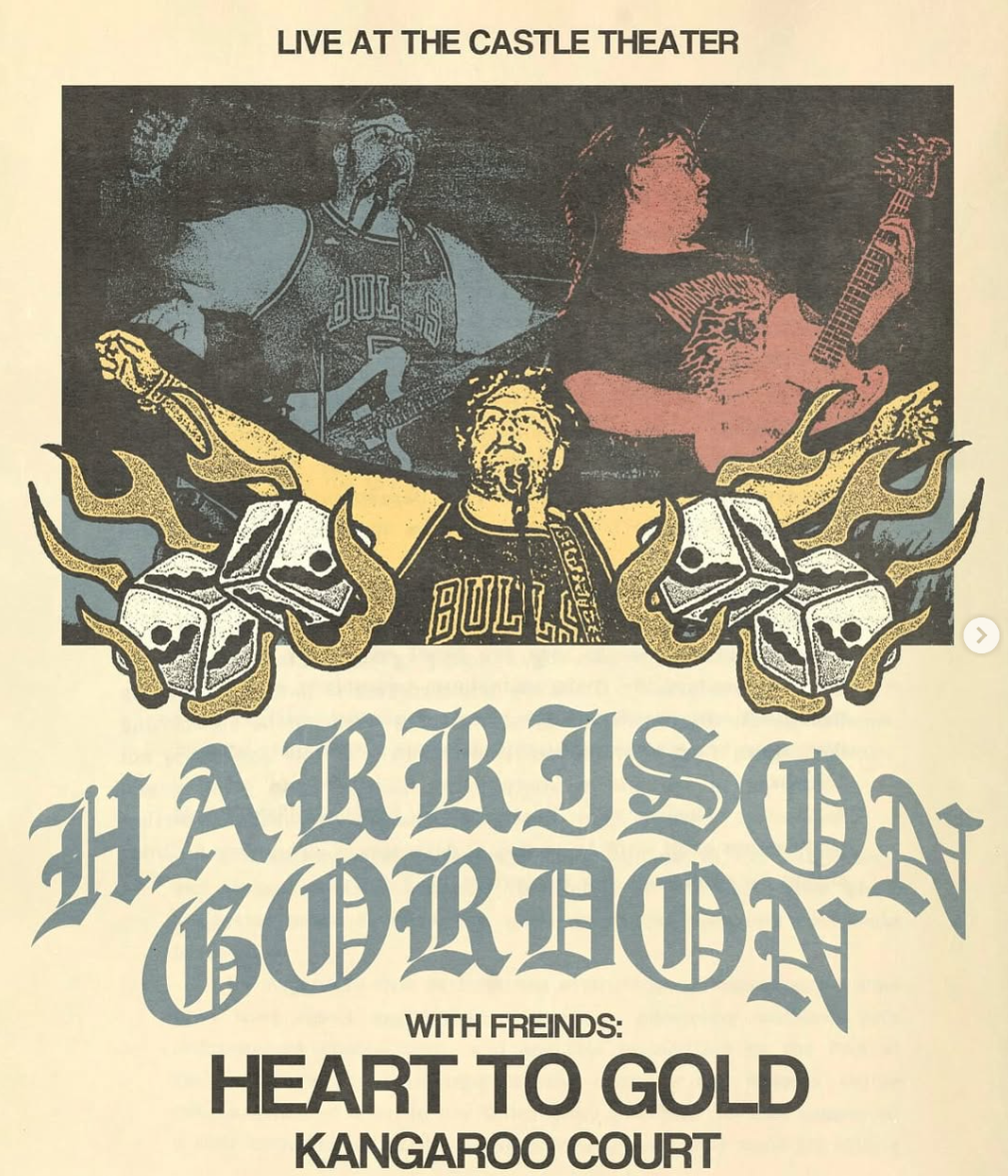
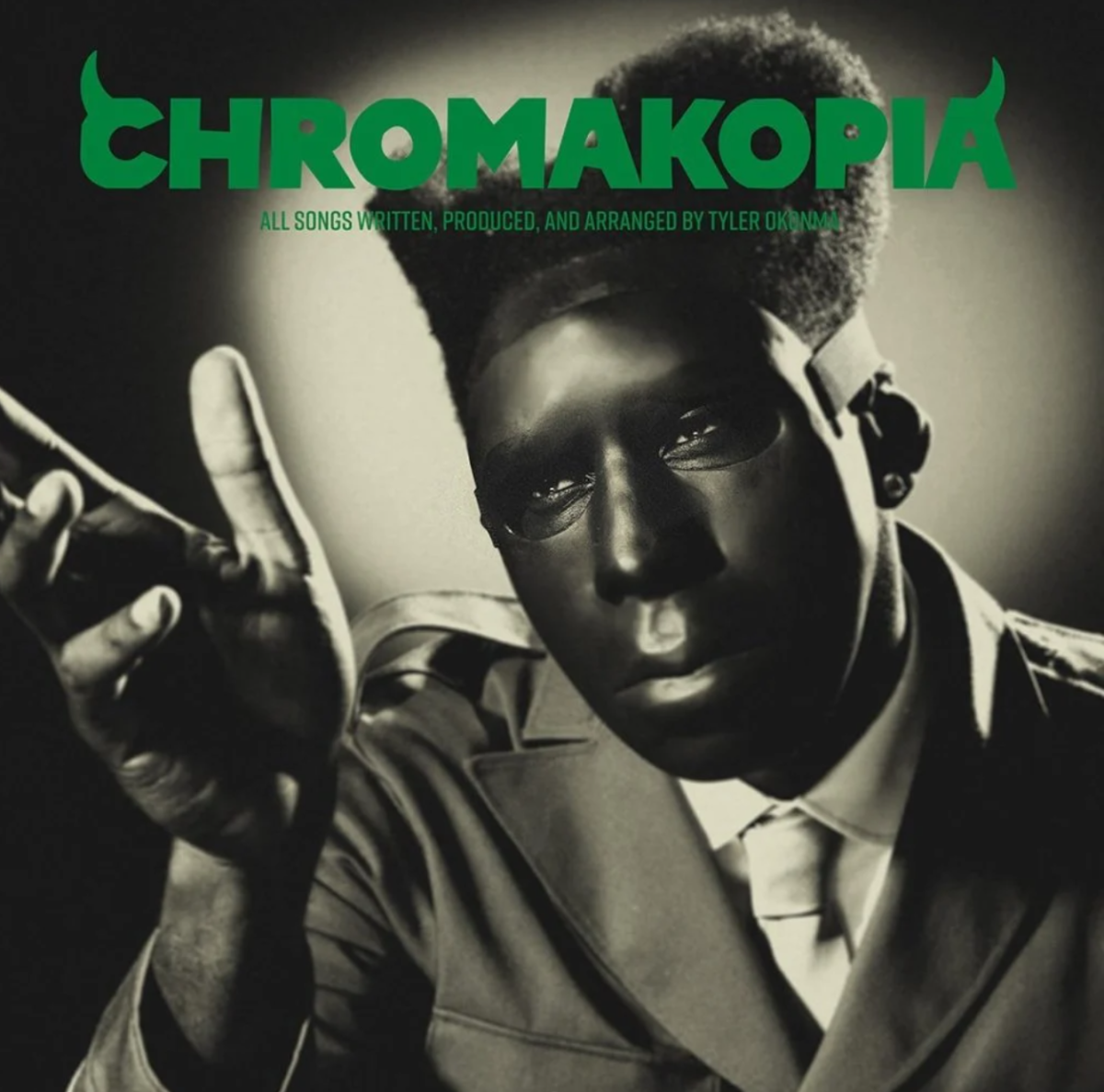

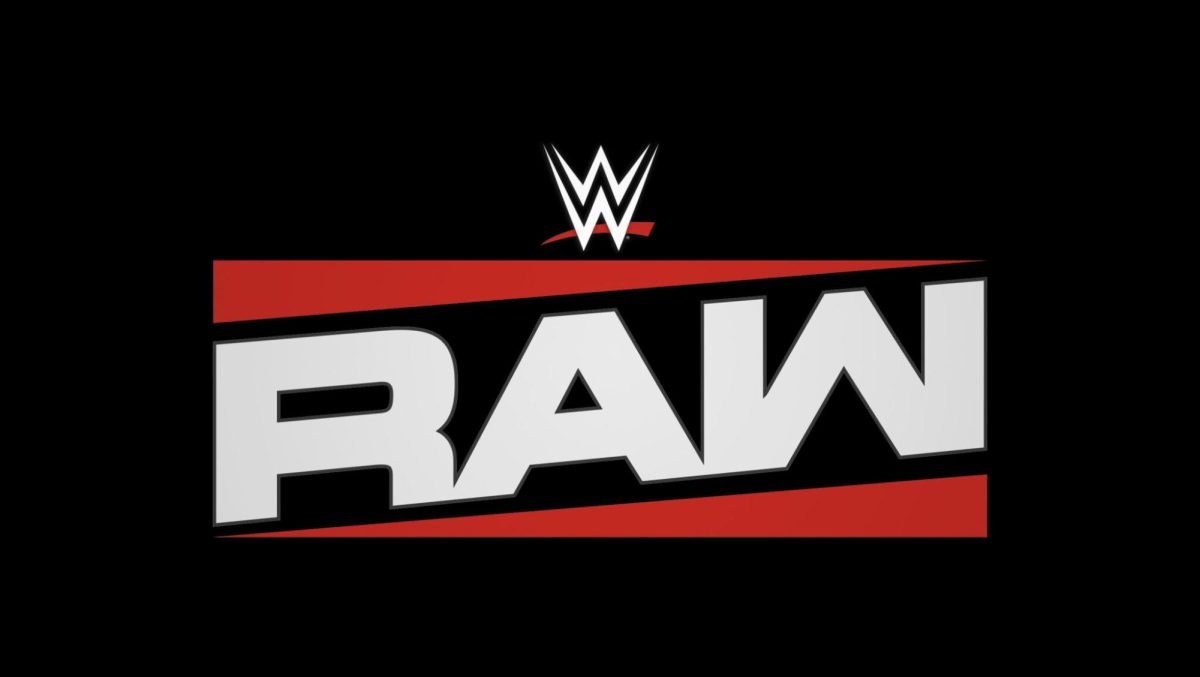
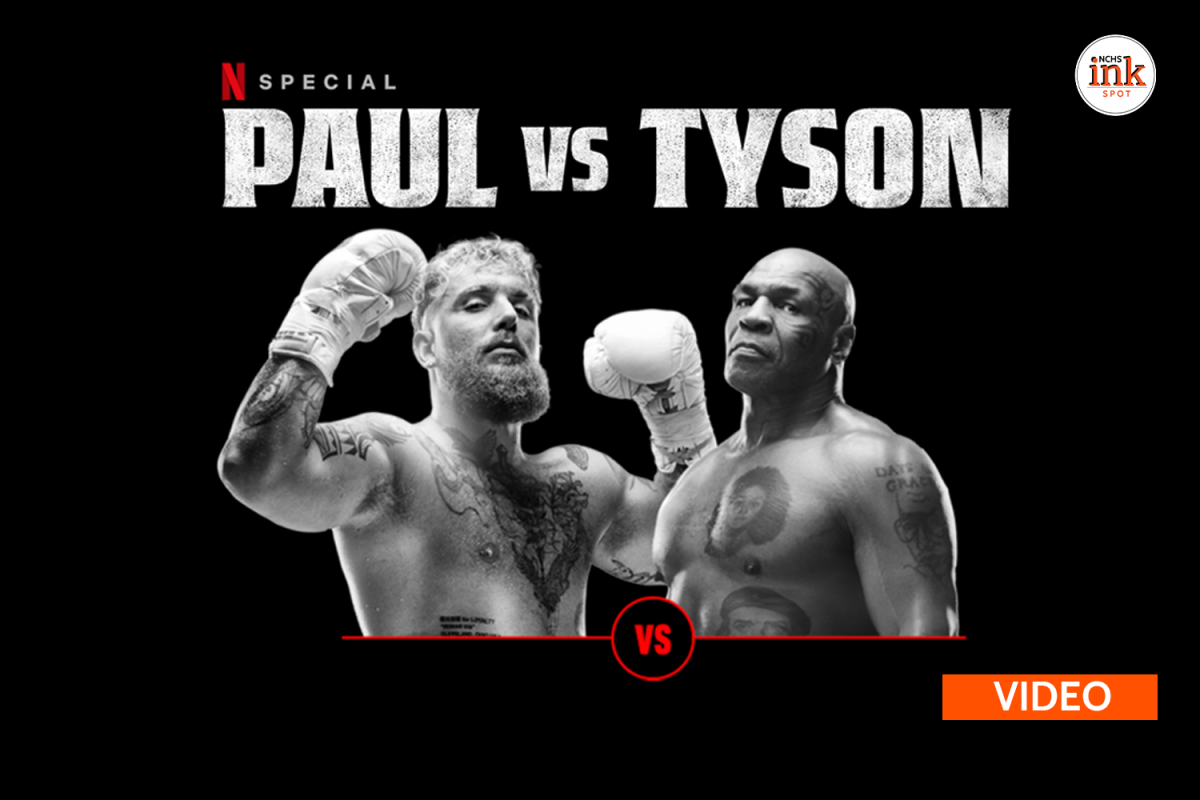
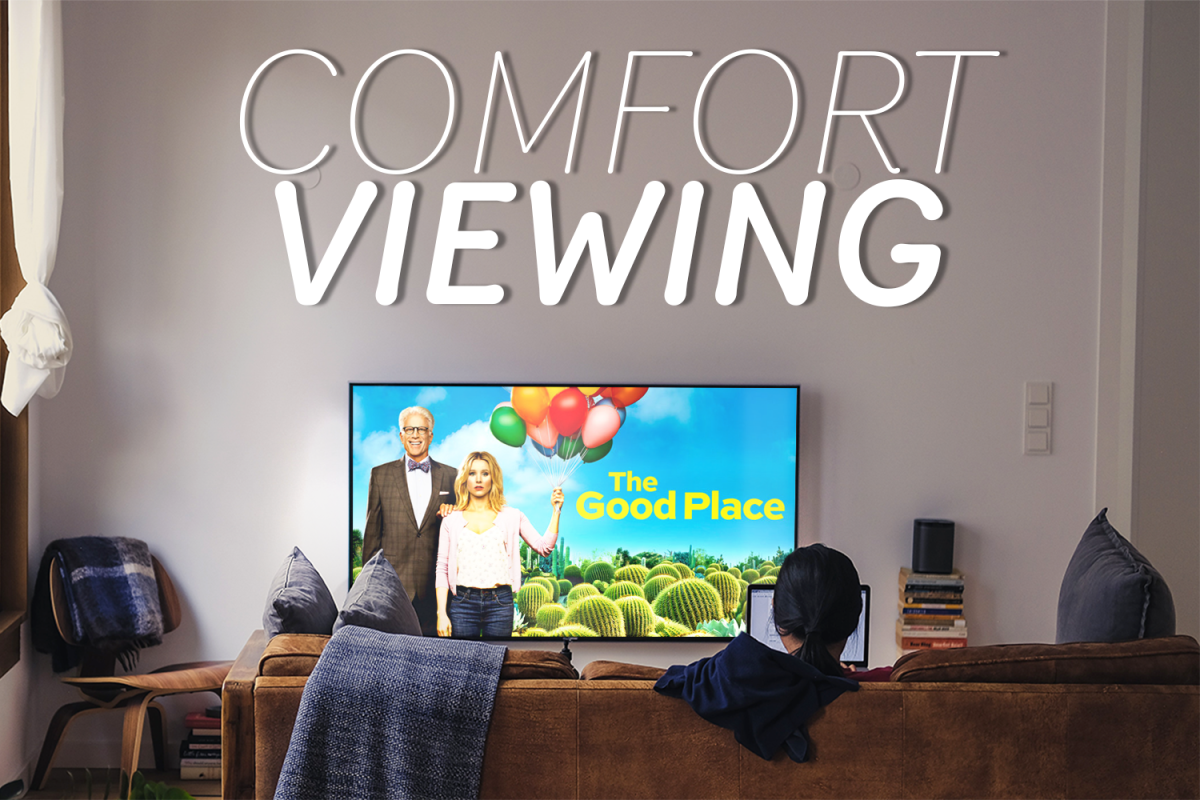
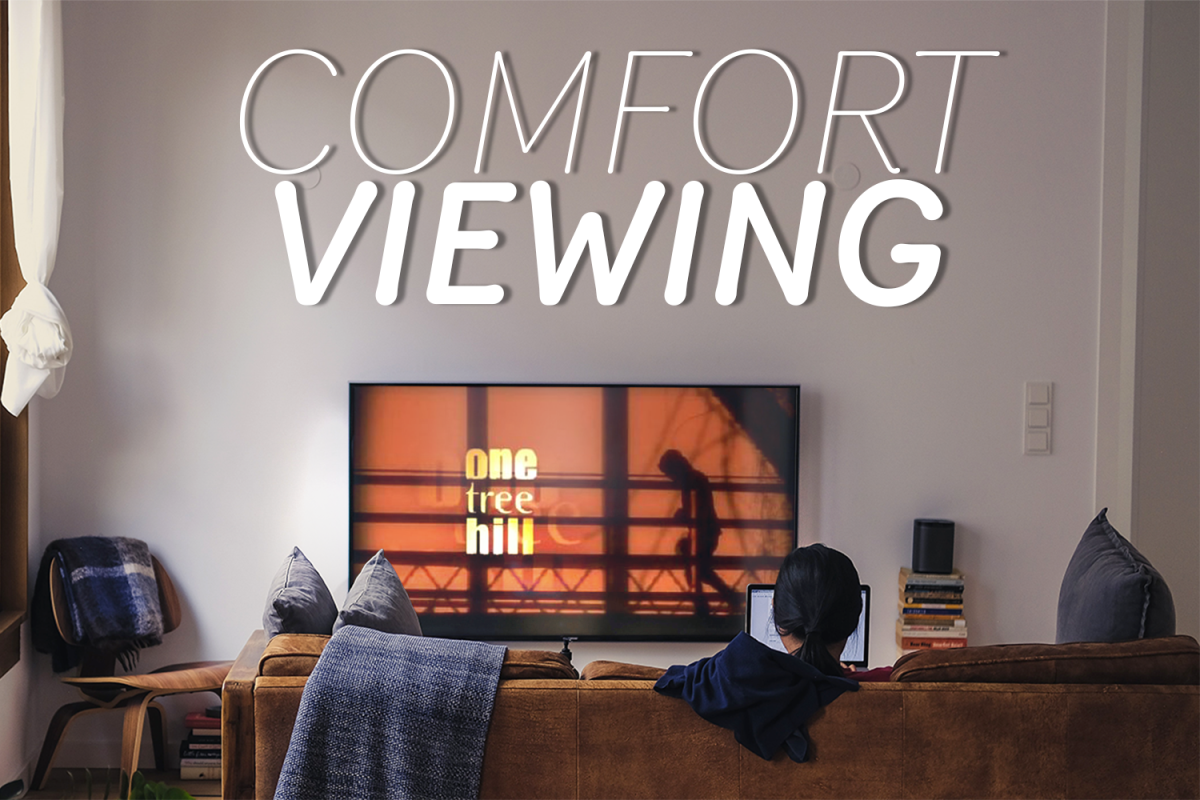
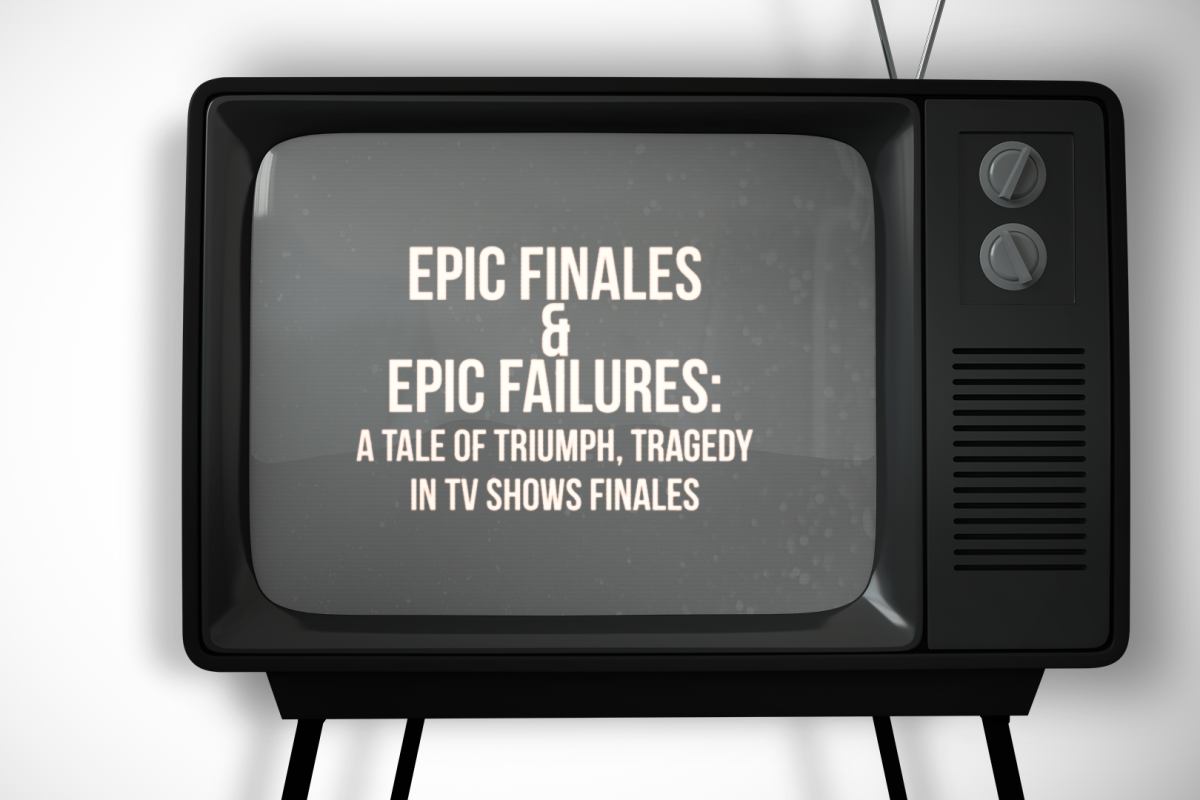

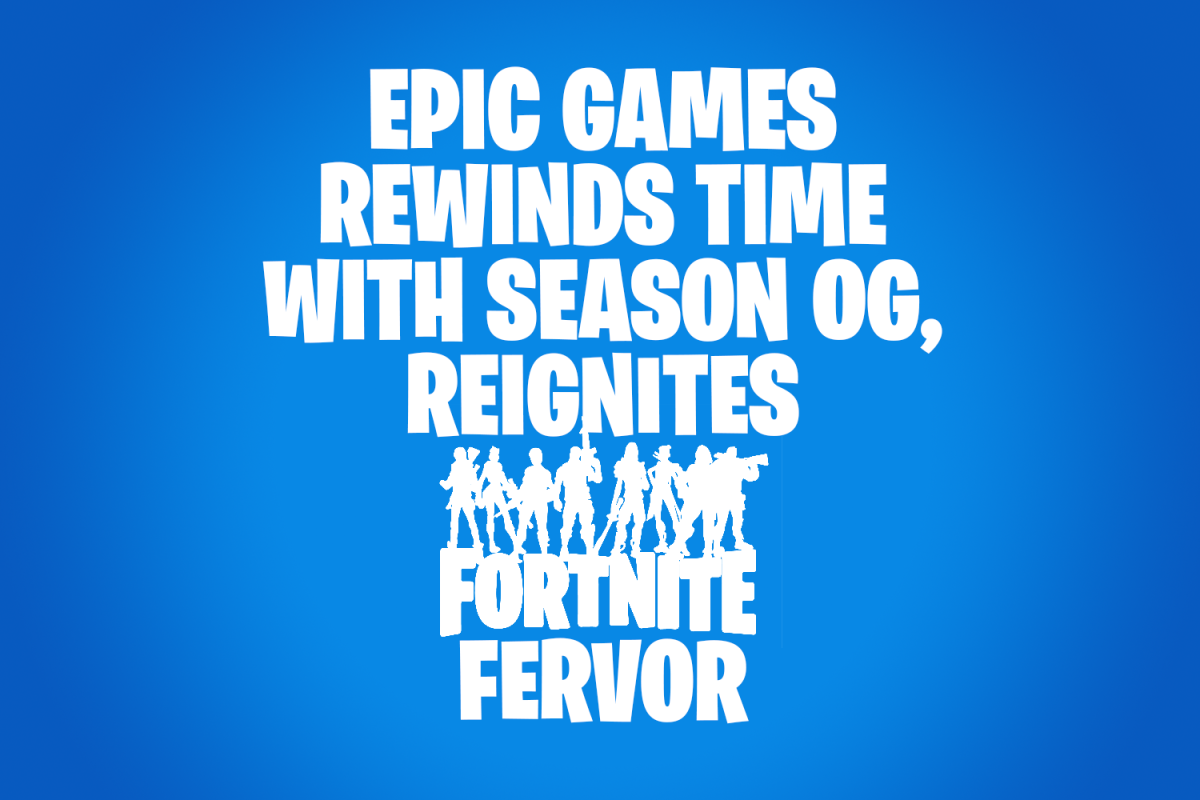
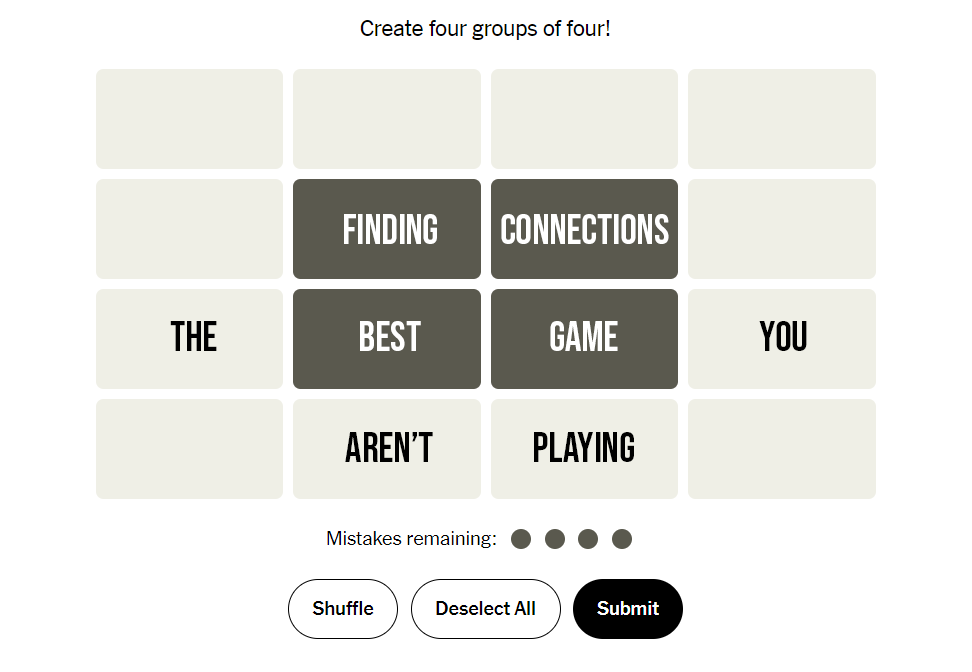

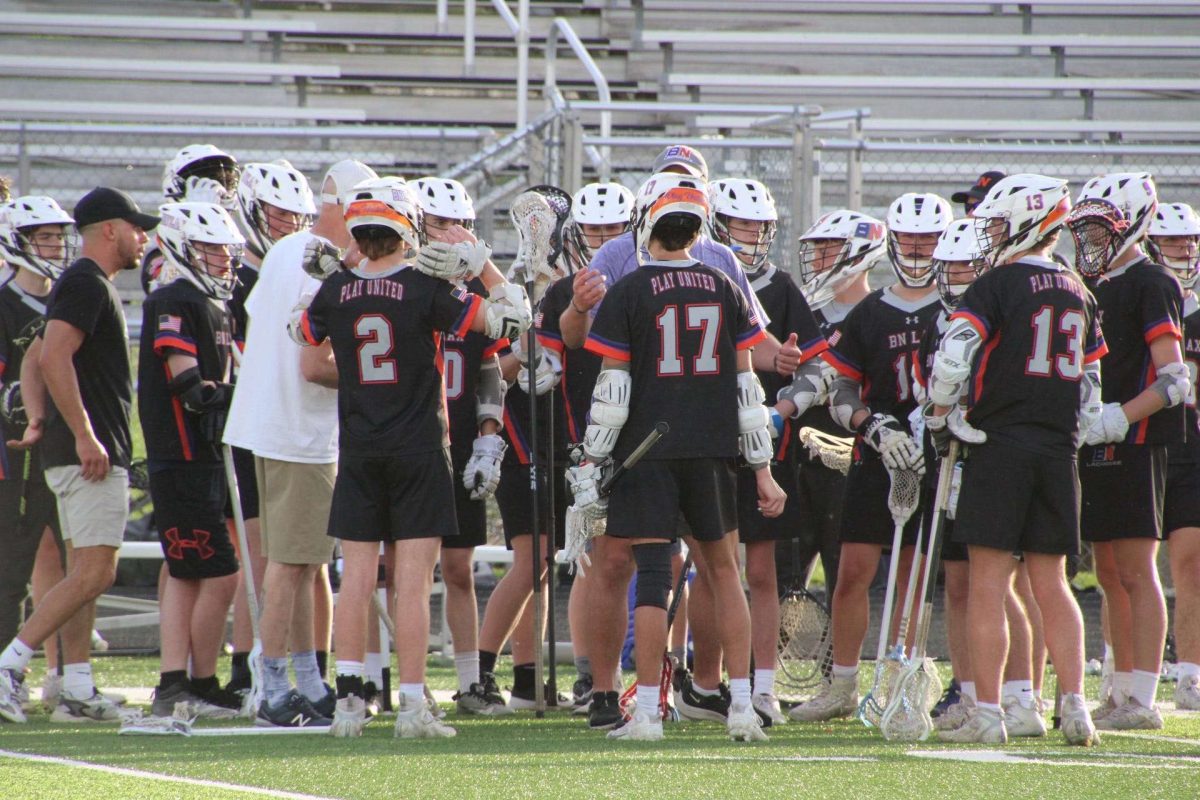


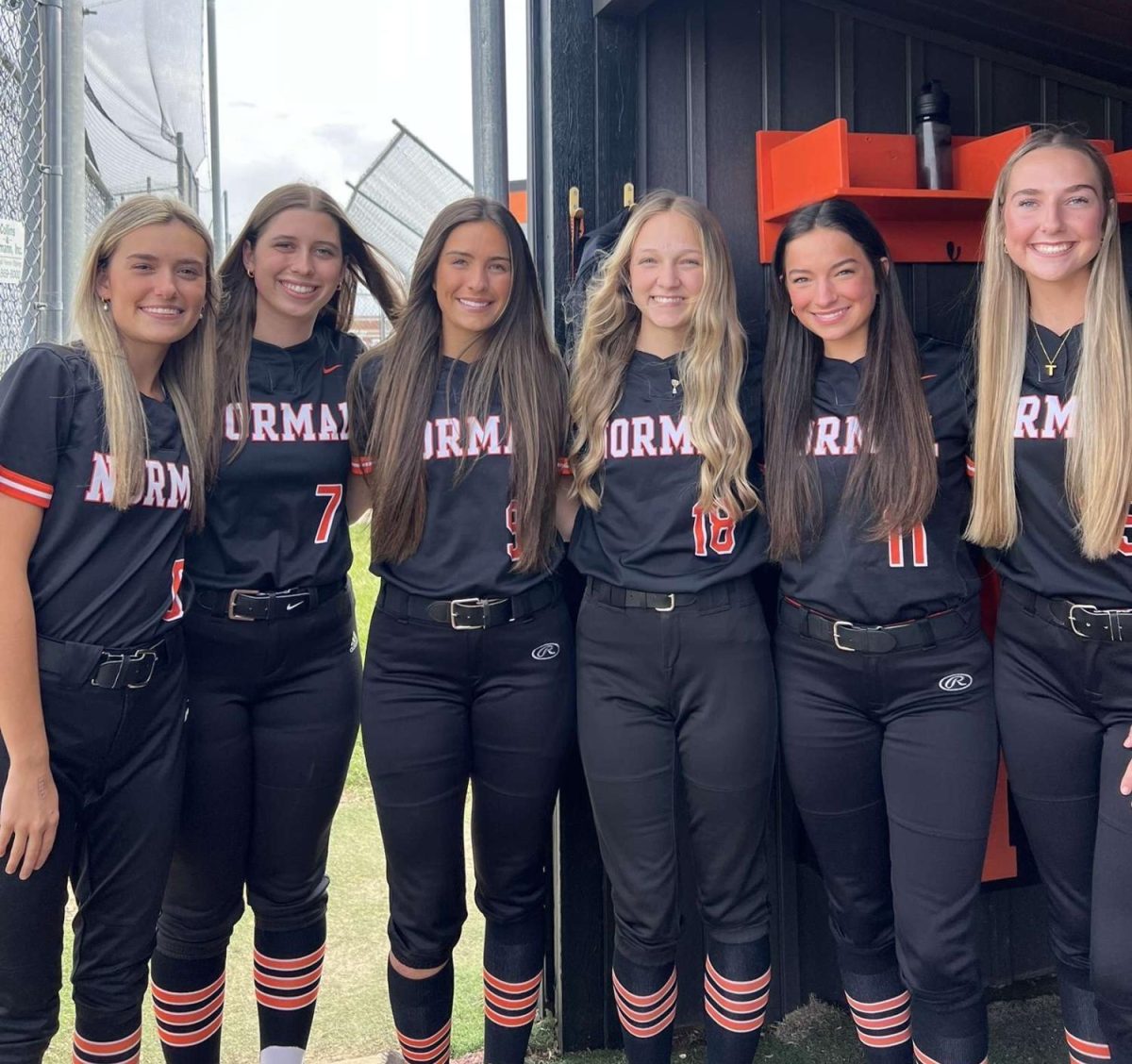
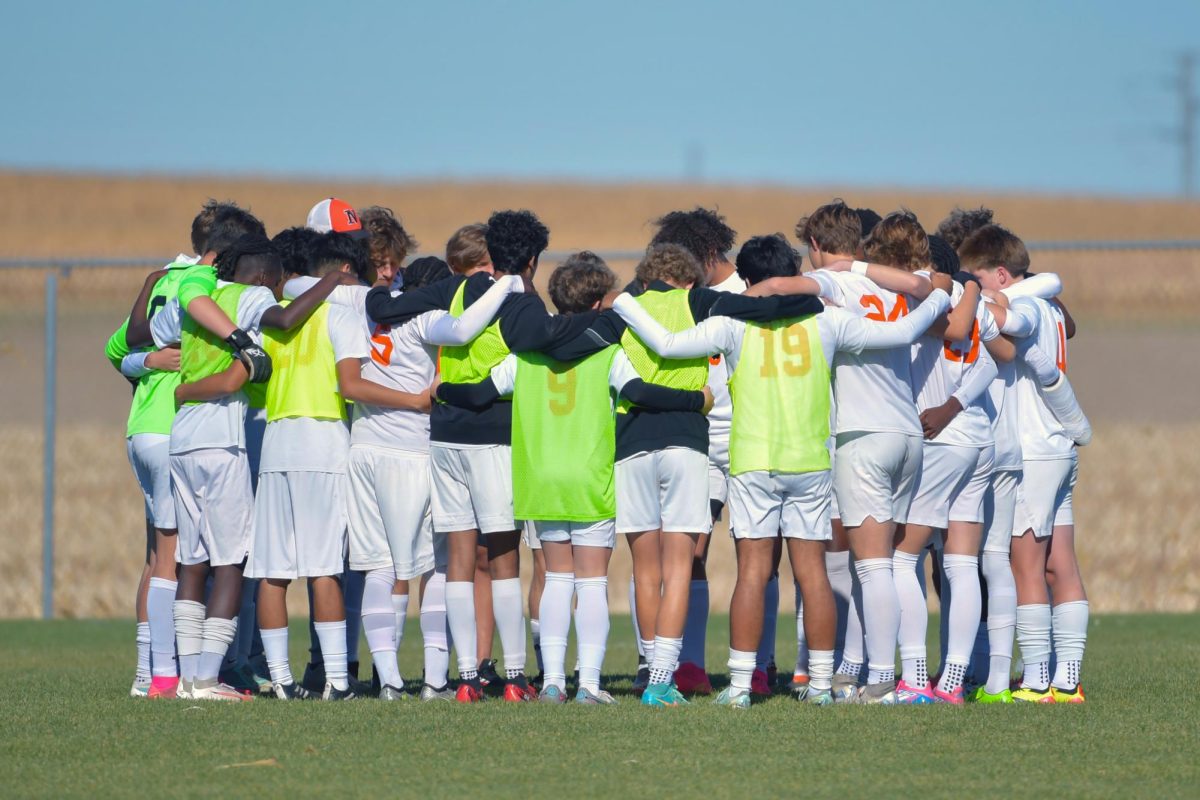
![Coach Drengwitz on the loss to Mt. Carmel, 2024 season [video]](https://nchsinkspot.com/wp-content/uploads/2024/11/Postseason-presser-feature-1200x800.png)
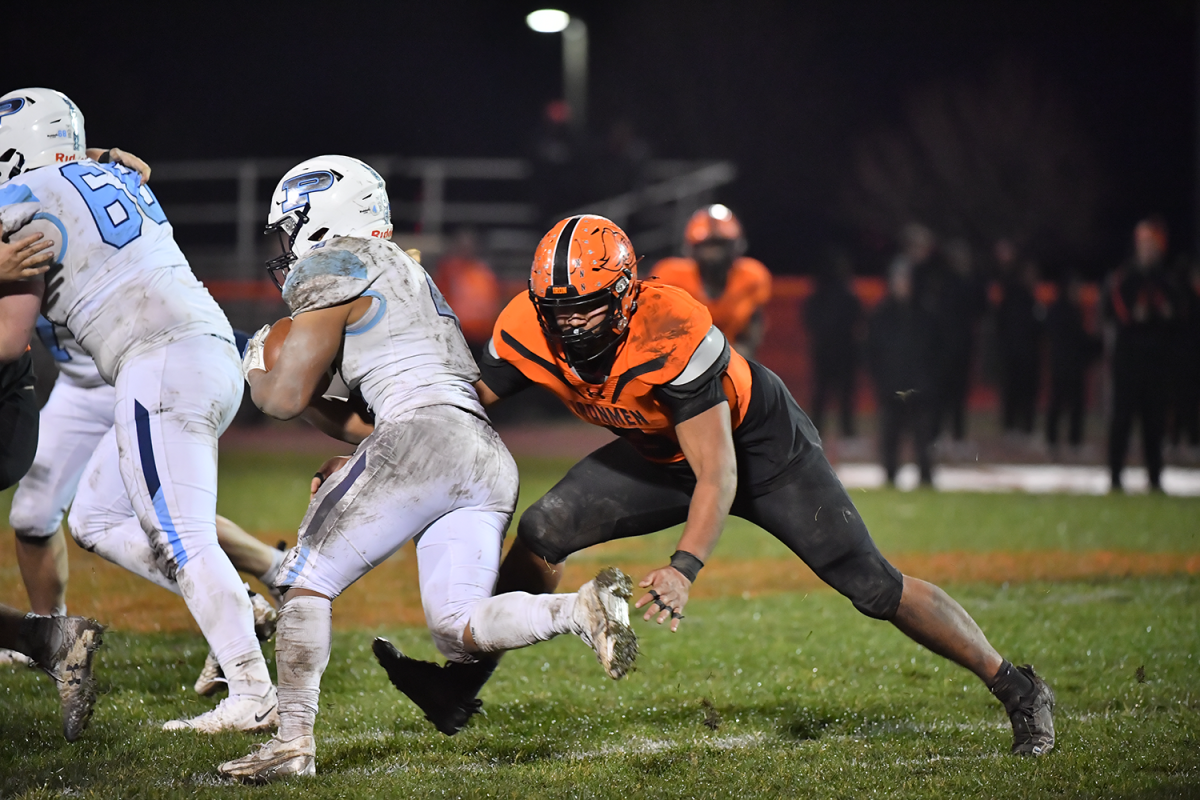
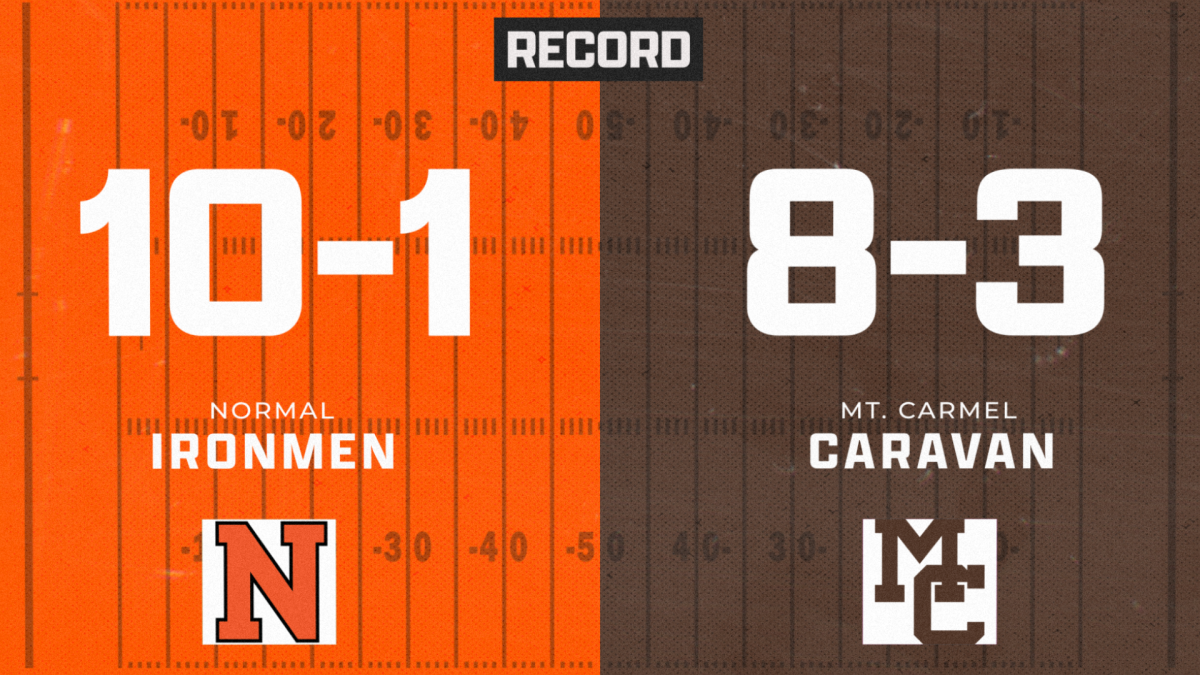
![IHSA 7A Football Playoffs Quarterfinals: Ironmen head coach on facing the Mt. Carmel Caravan [video]](https://nchsinkspot.com/wp-content/uploads/2024/11/0w12-web-feature-1200x800.png)

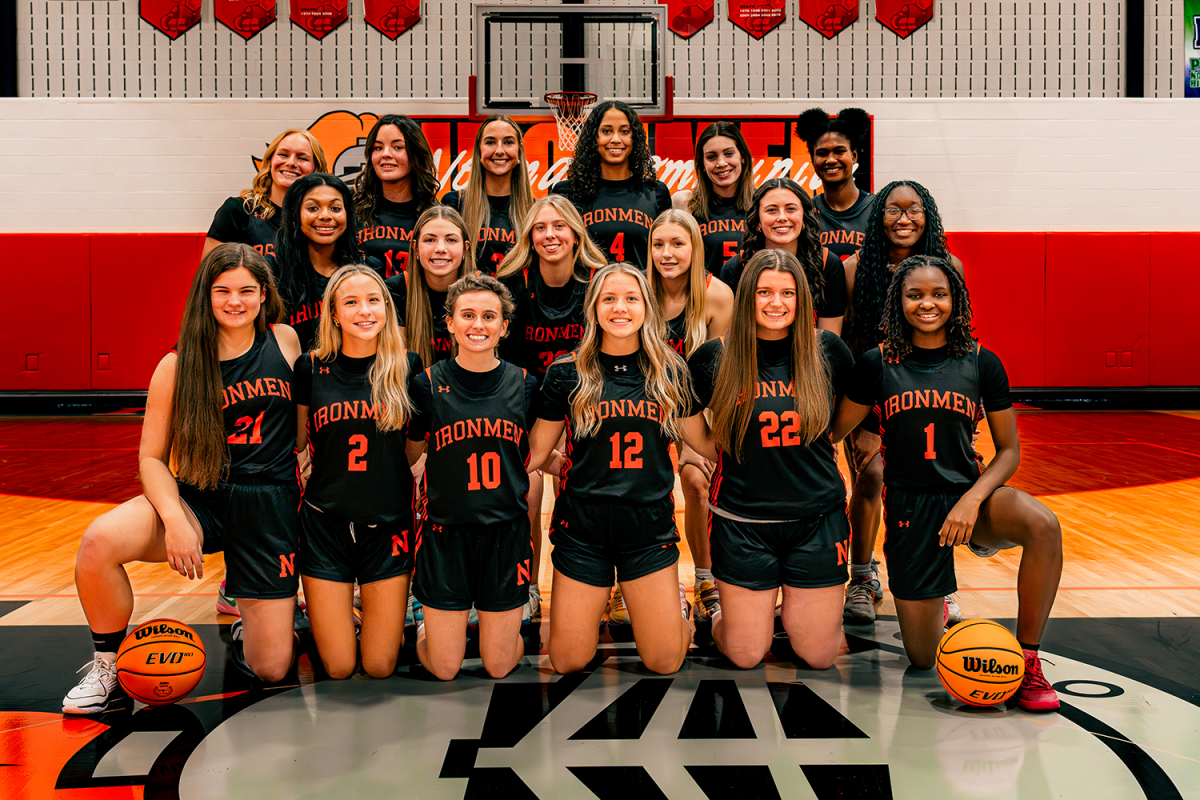

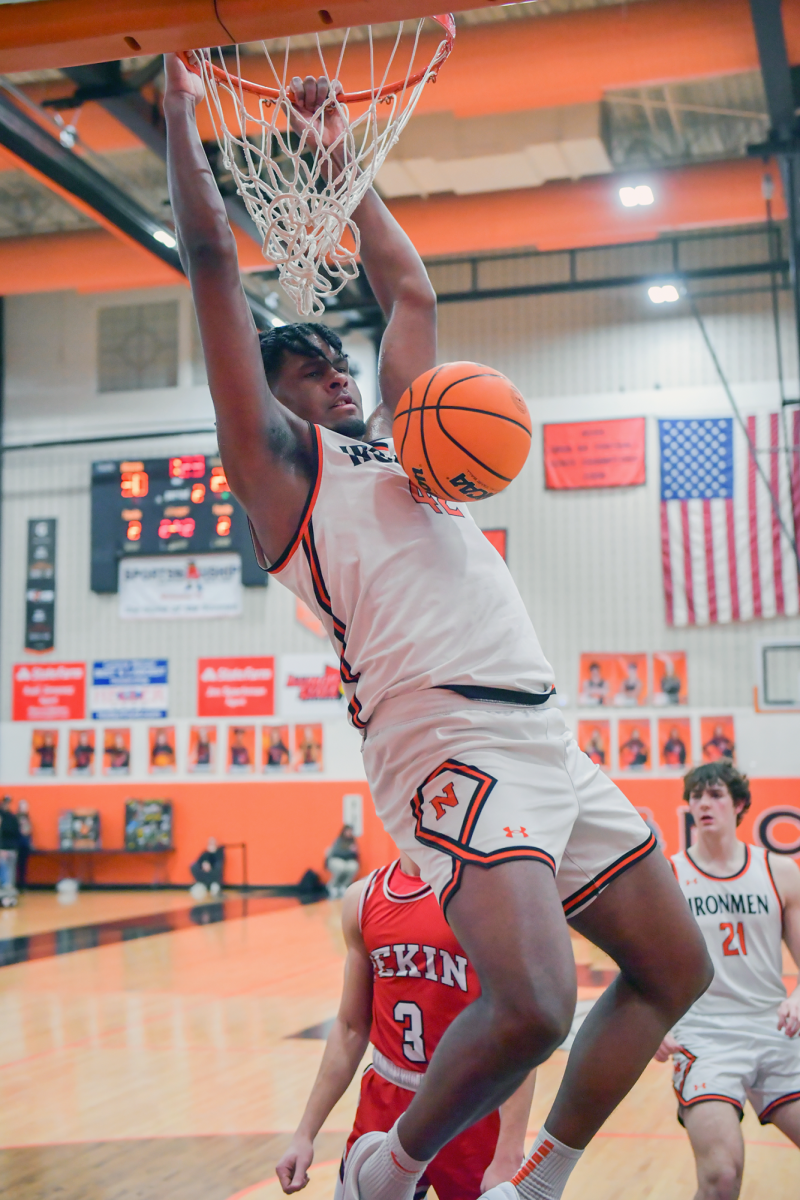
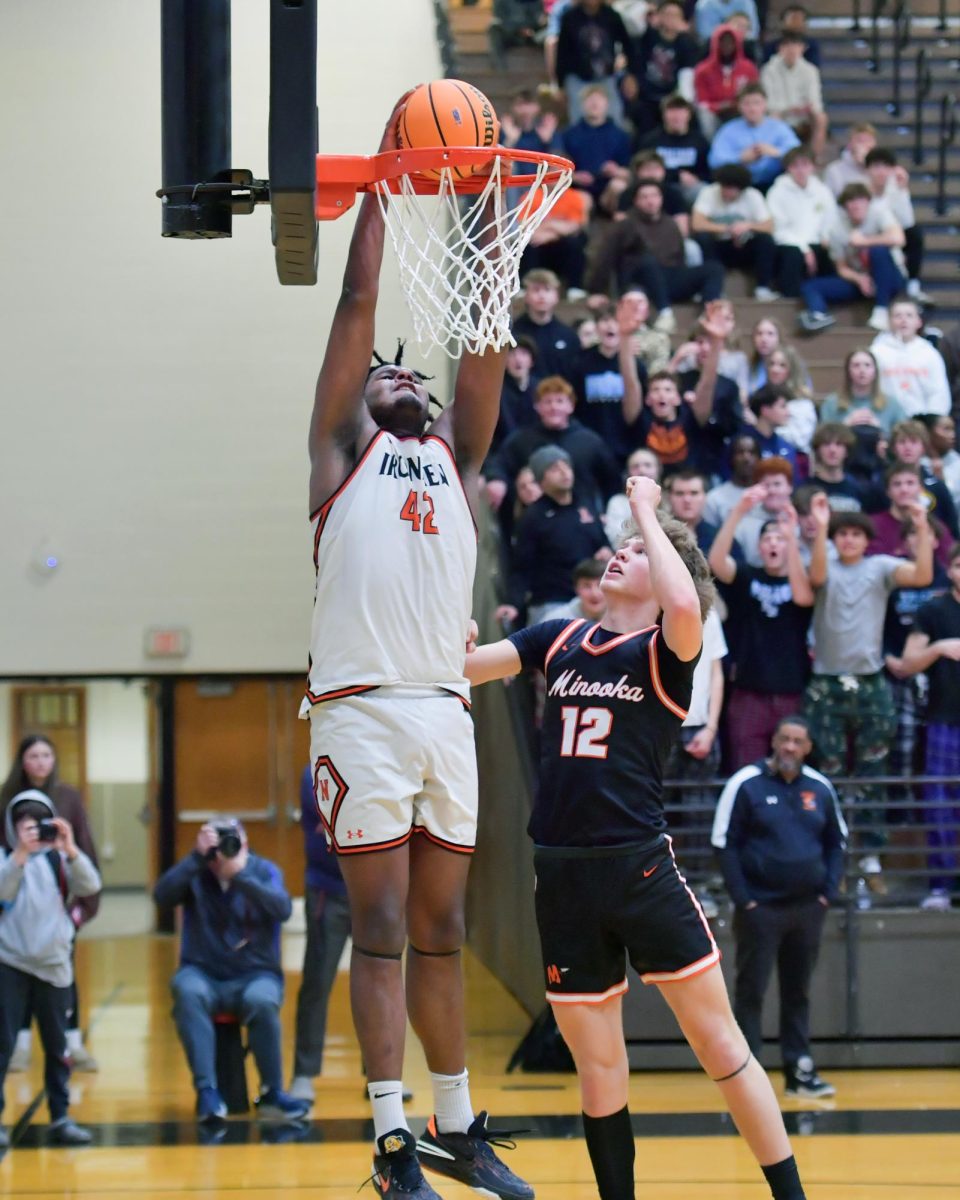
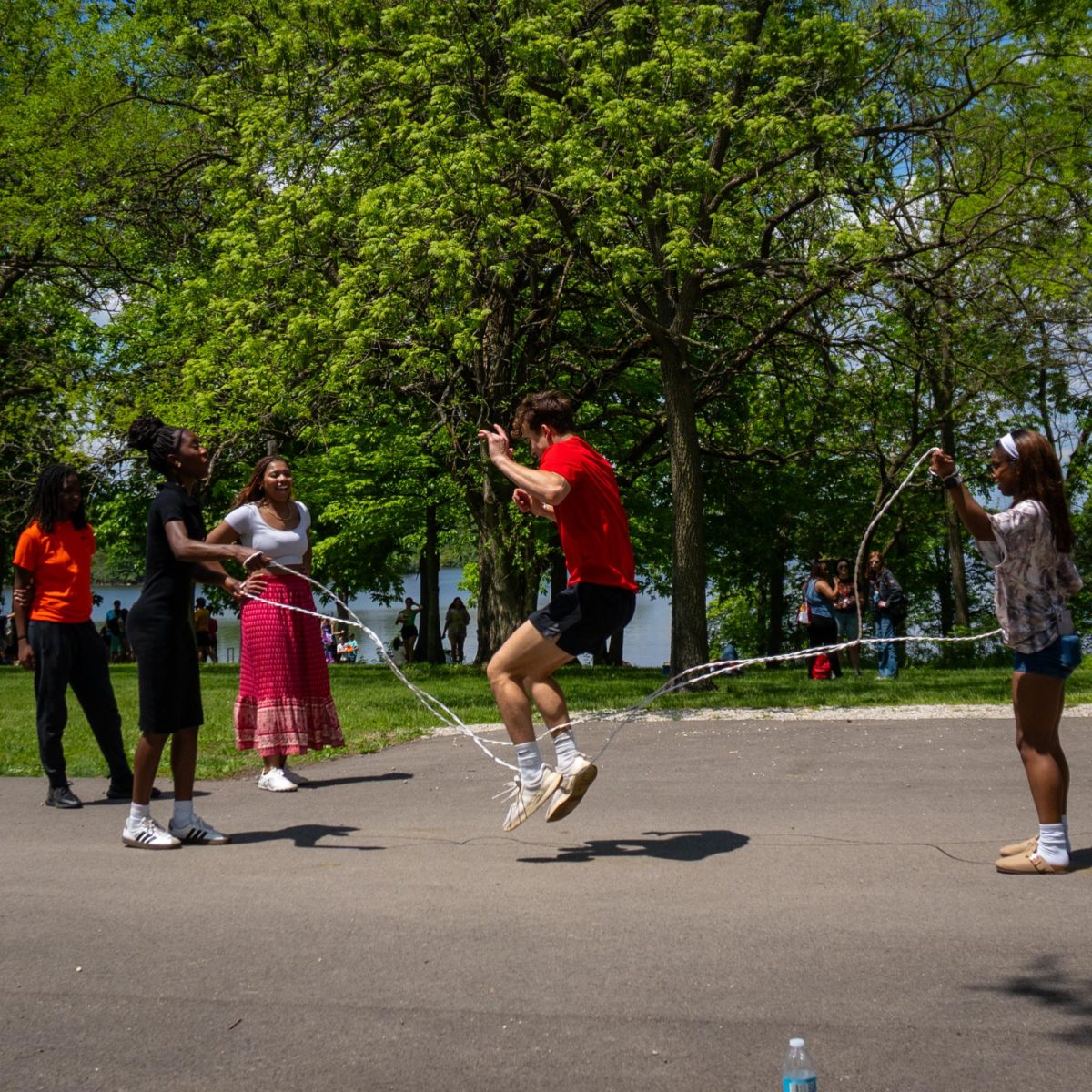
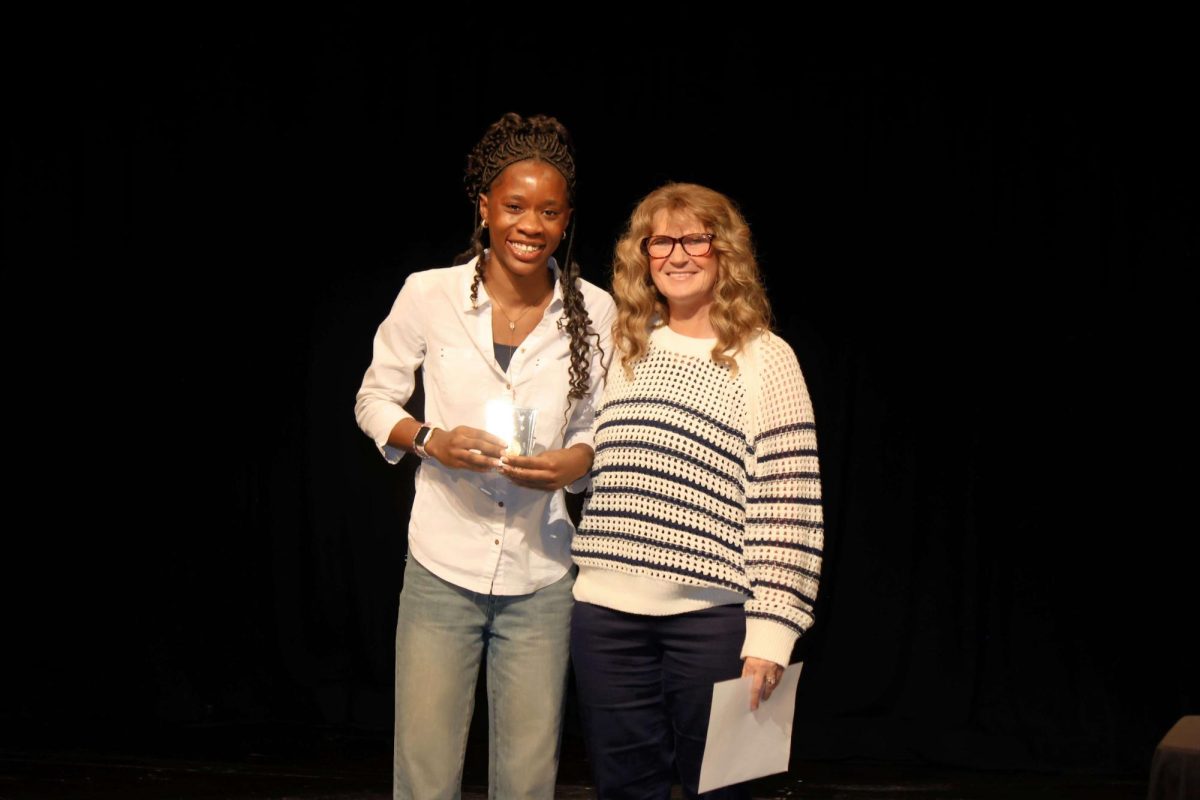
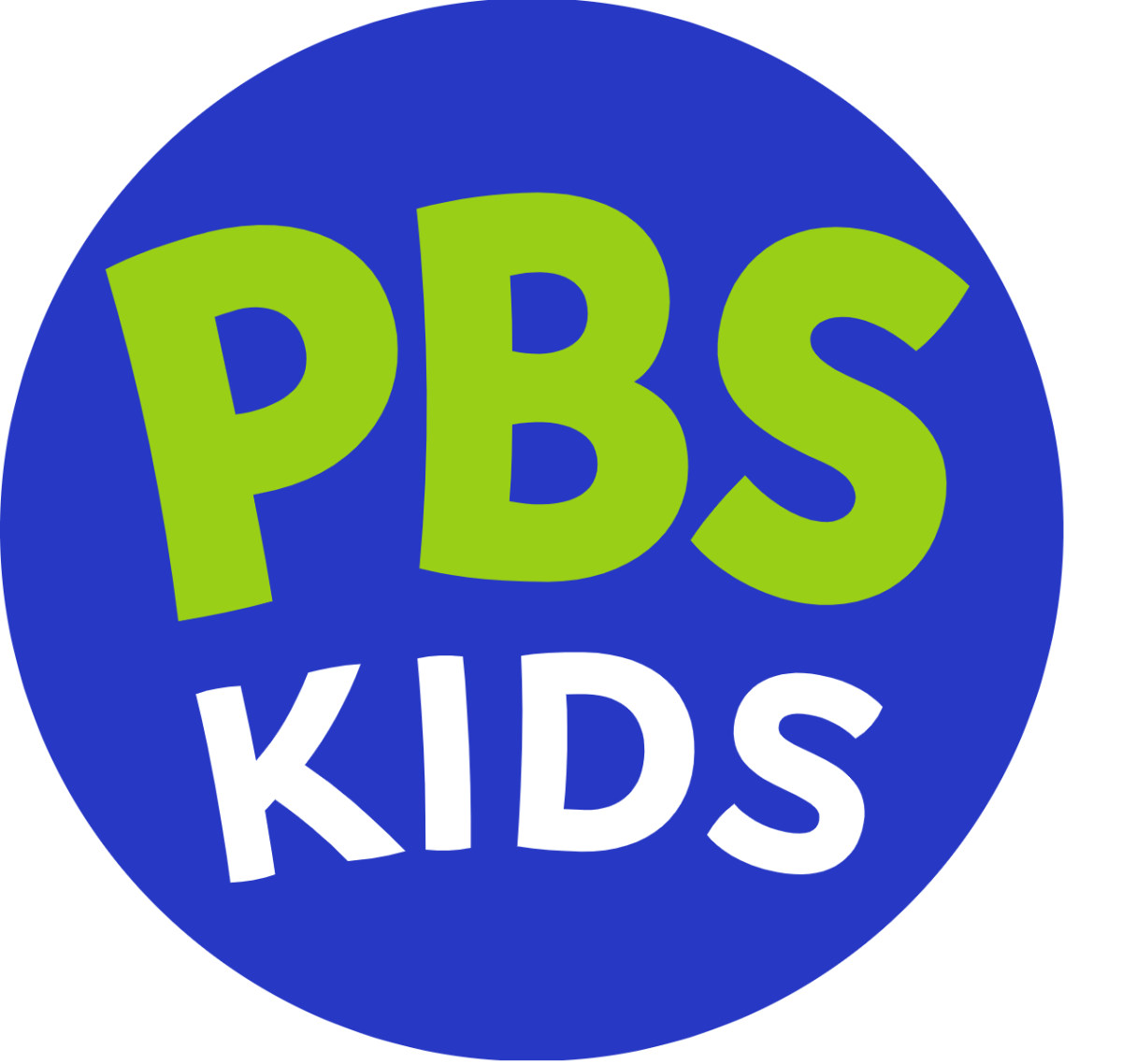

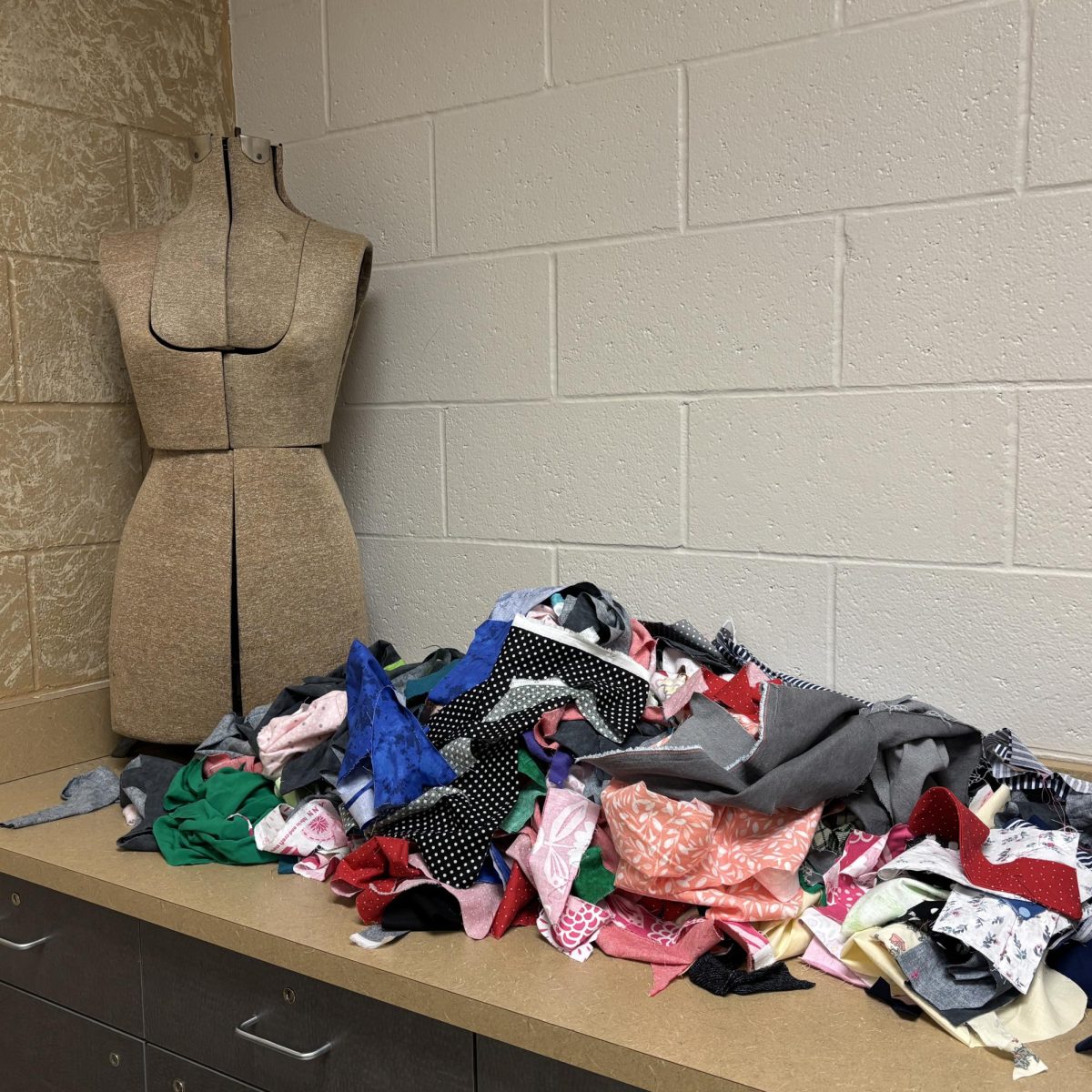
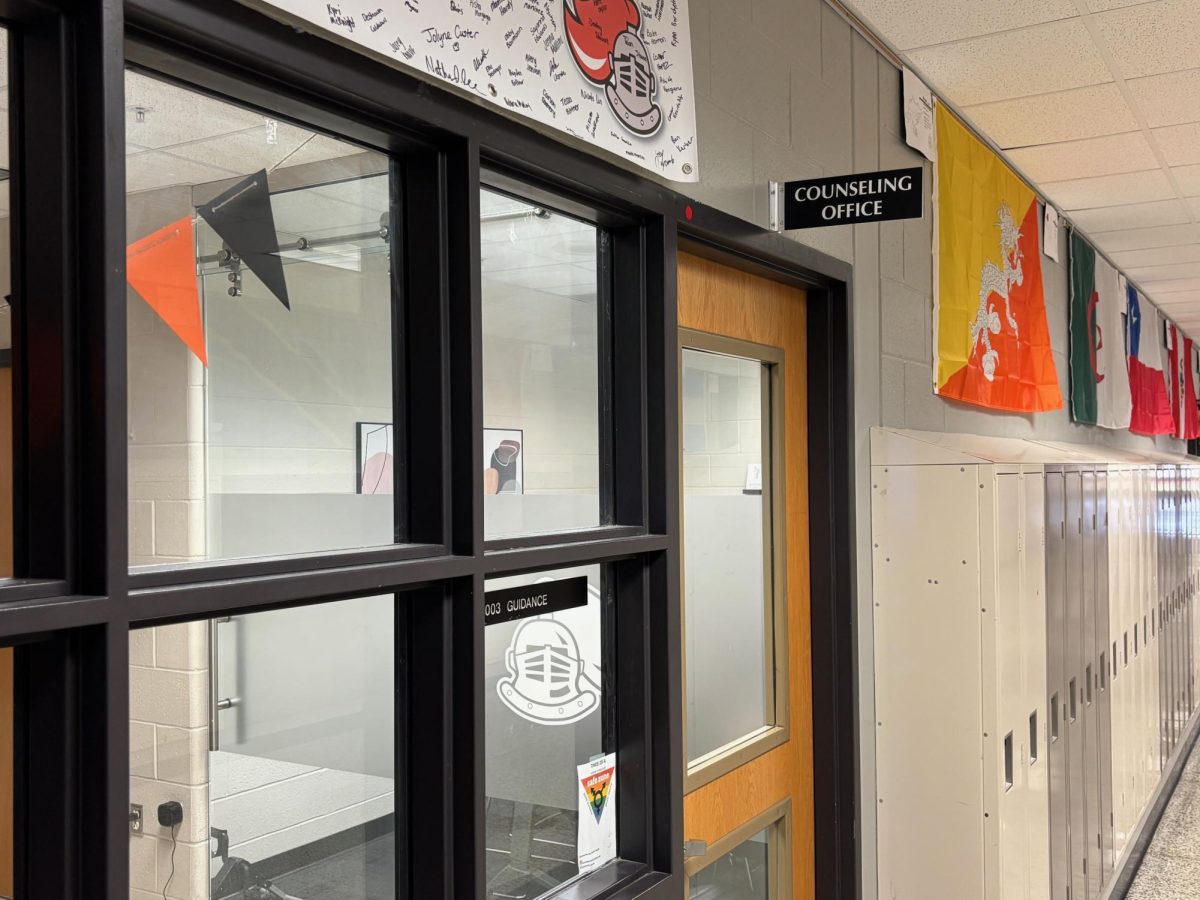
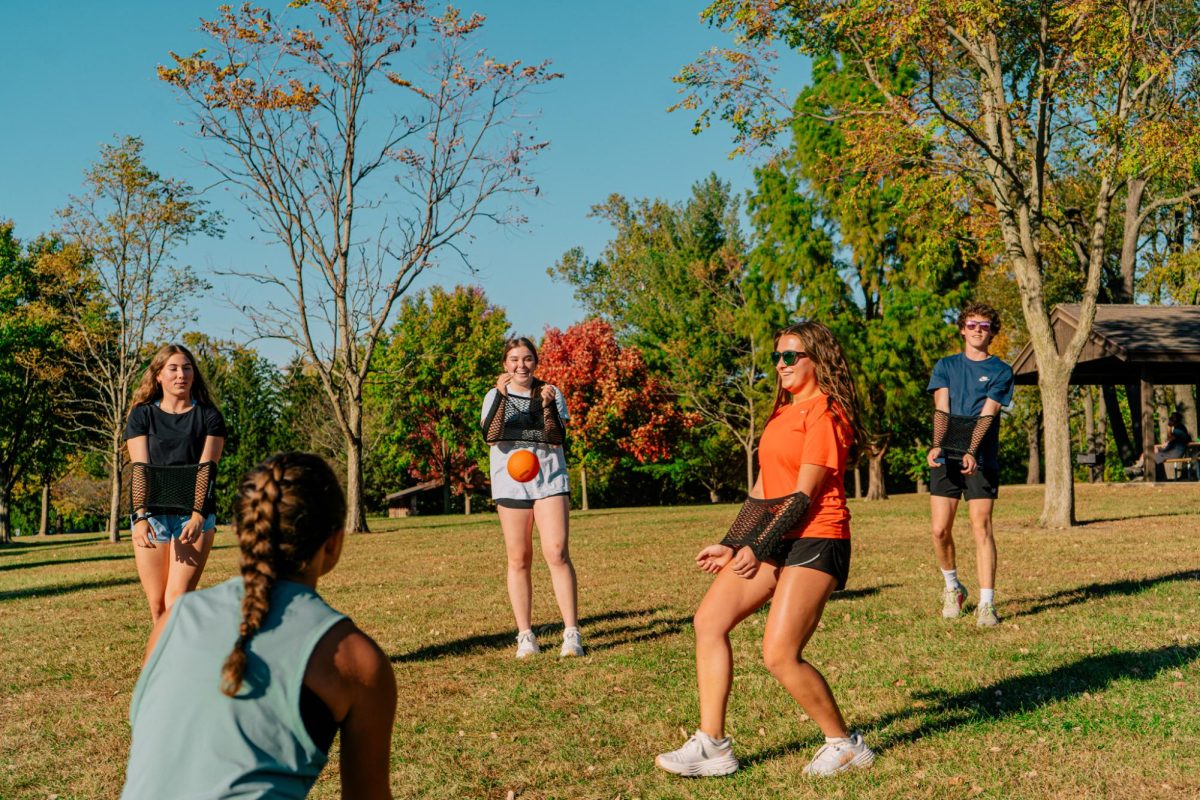
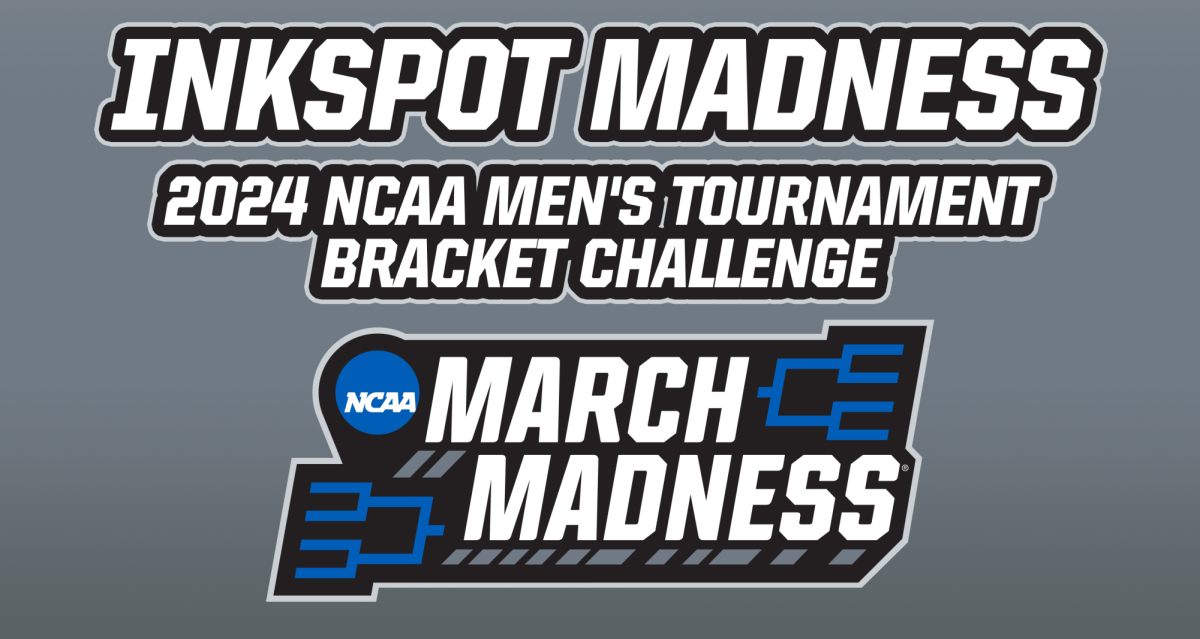
![Halloween candy cross section quiz [quiz]](https://nchsinkspot.com/wp-content/uploads/2022/10/Candy-cover-big-900x675.png)
![Average Jonah? [quiz]](https://nchsinkspot.com/wp-content/uploads/2022/05/average-jonah-900x600.png)

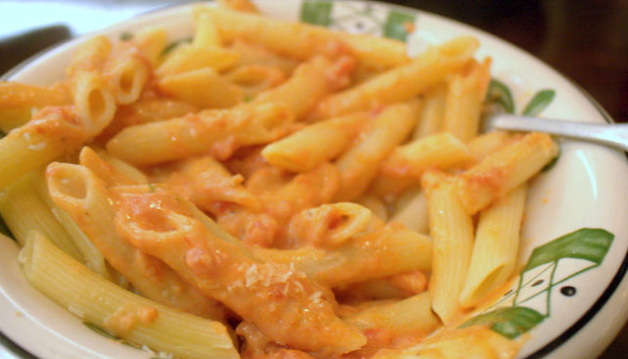
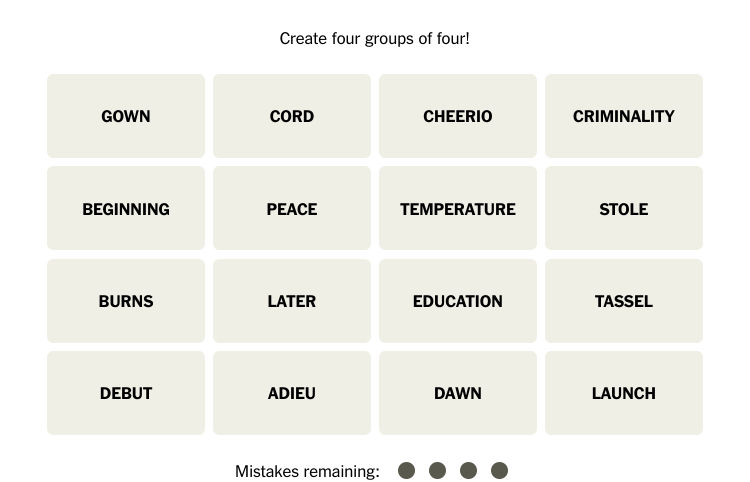
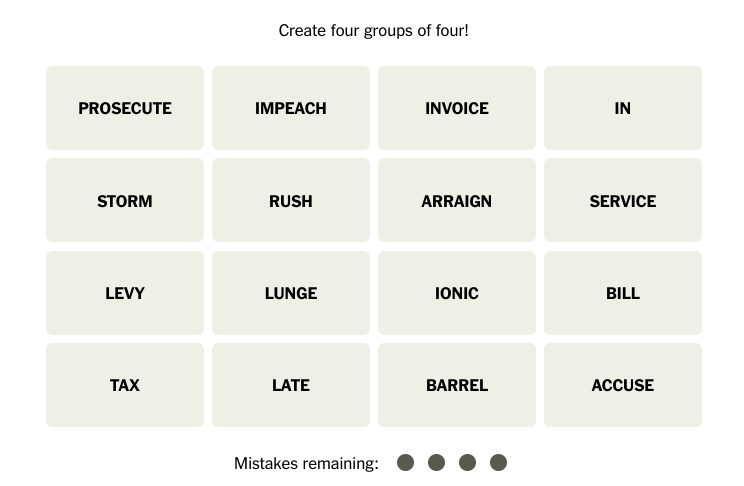
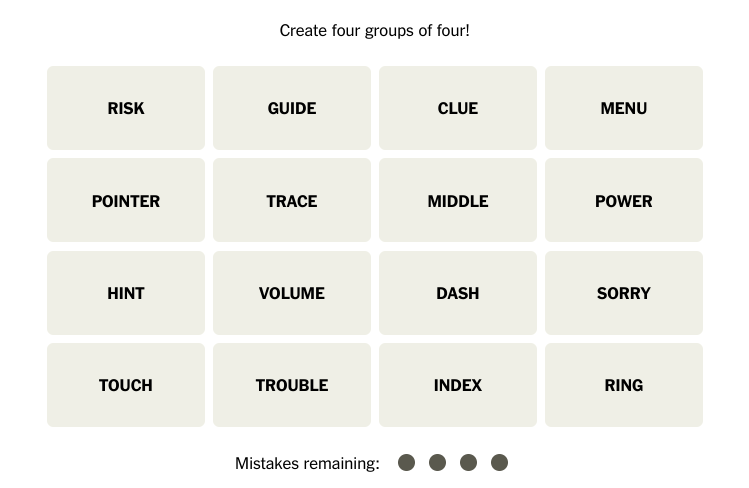
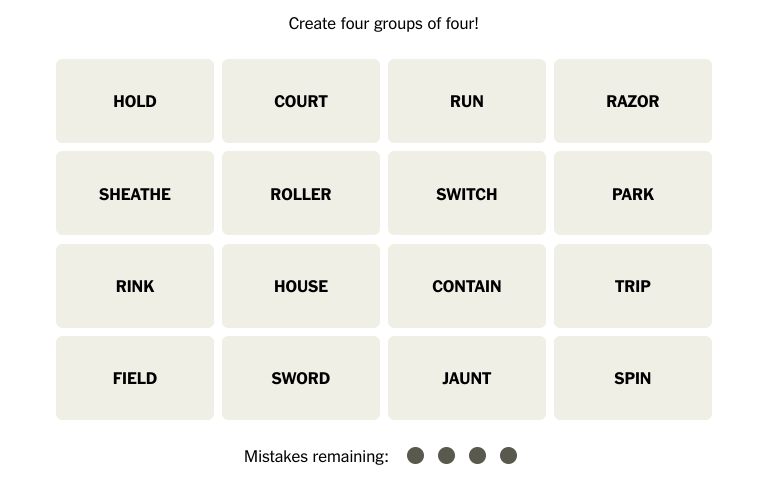
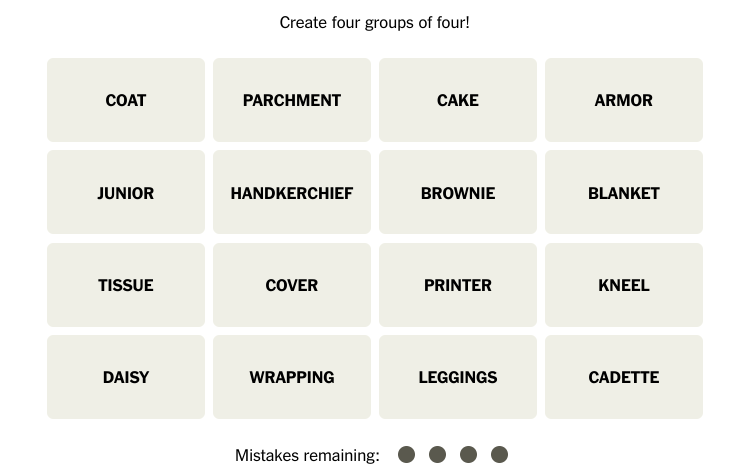

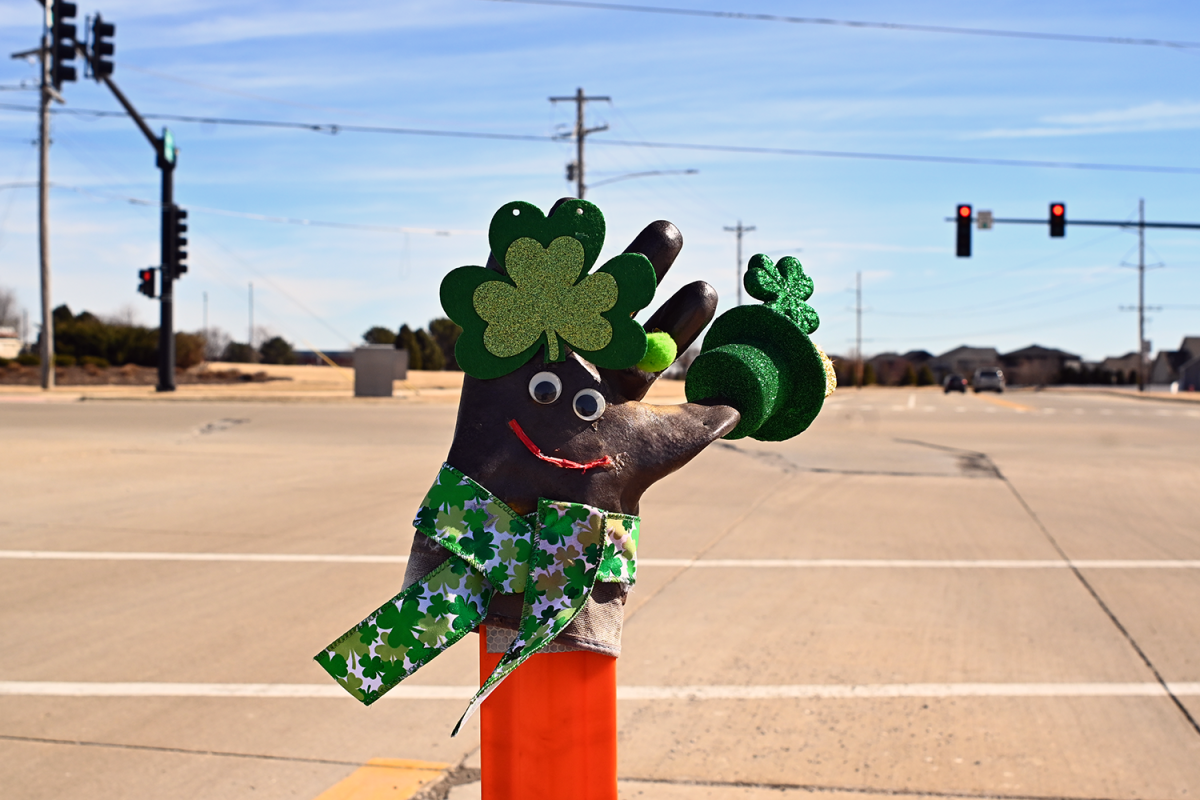


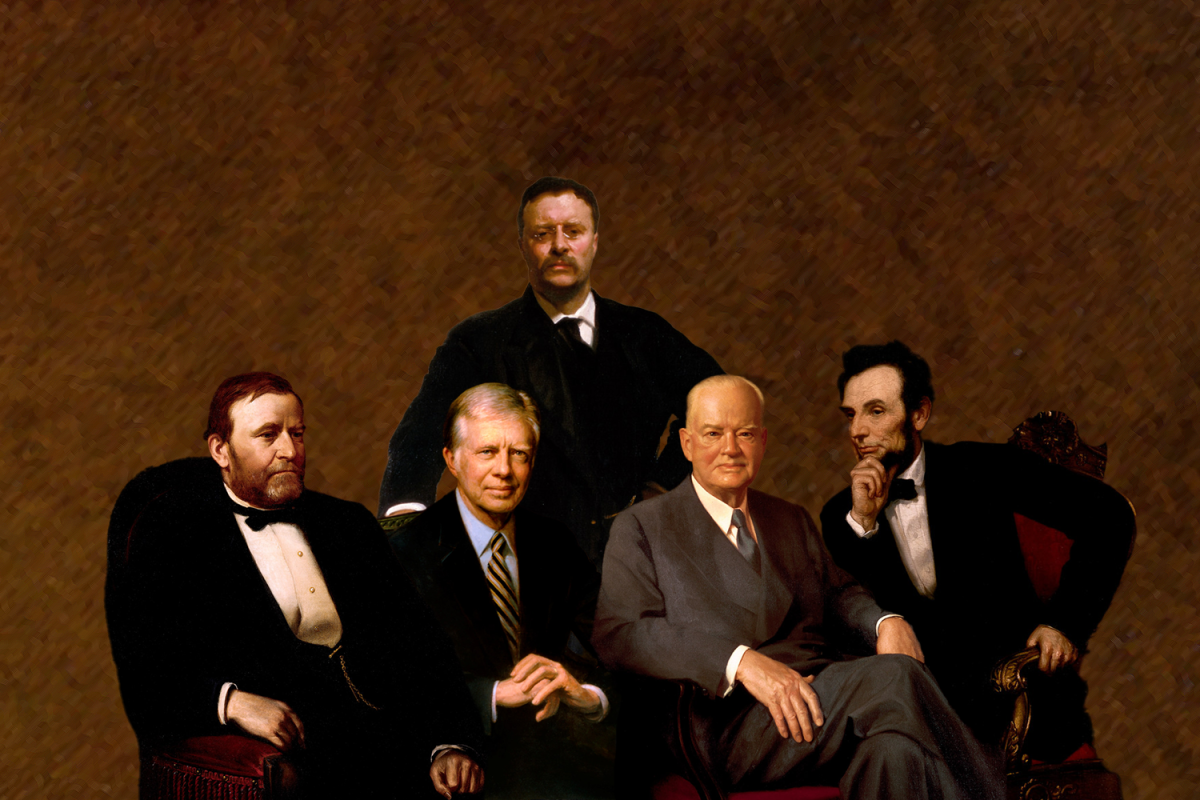
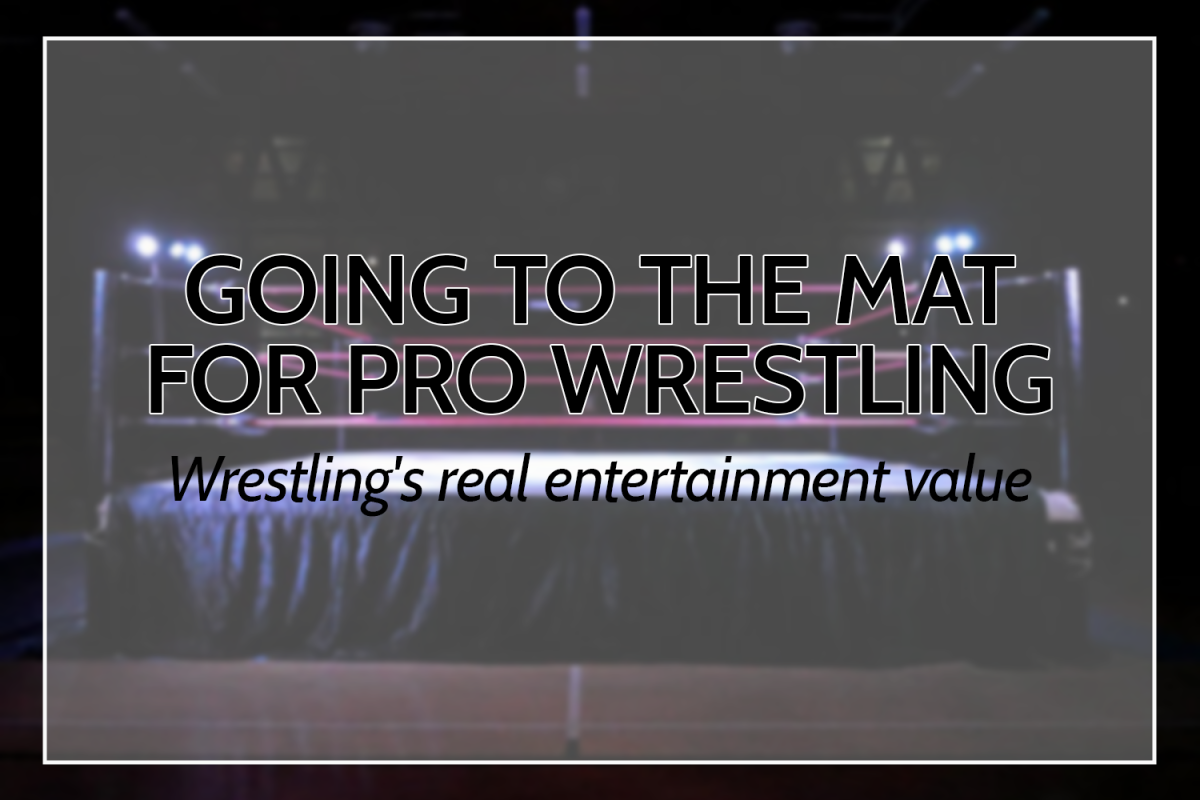
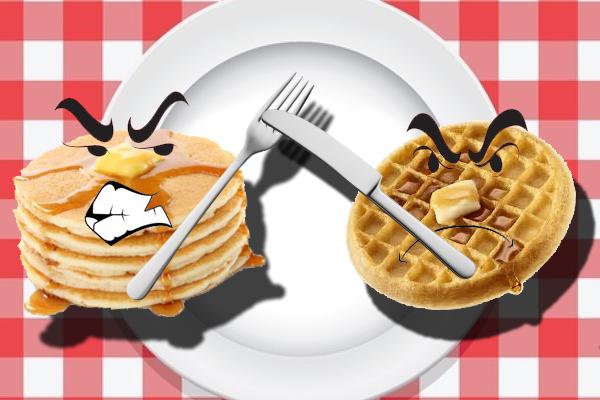
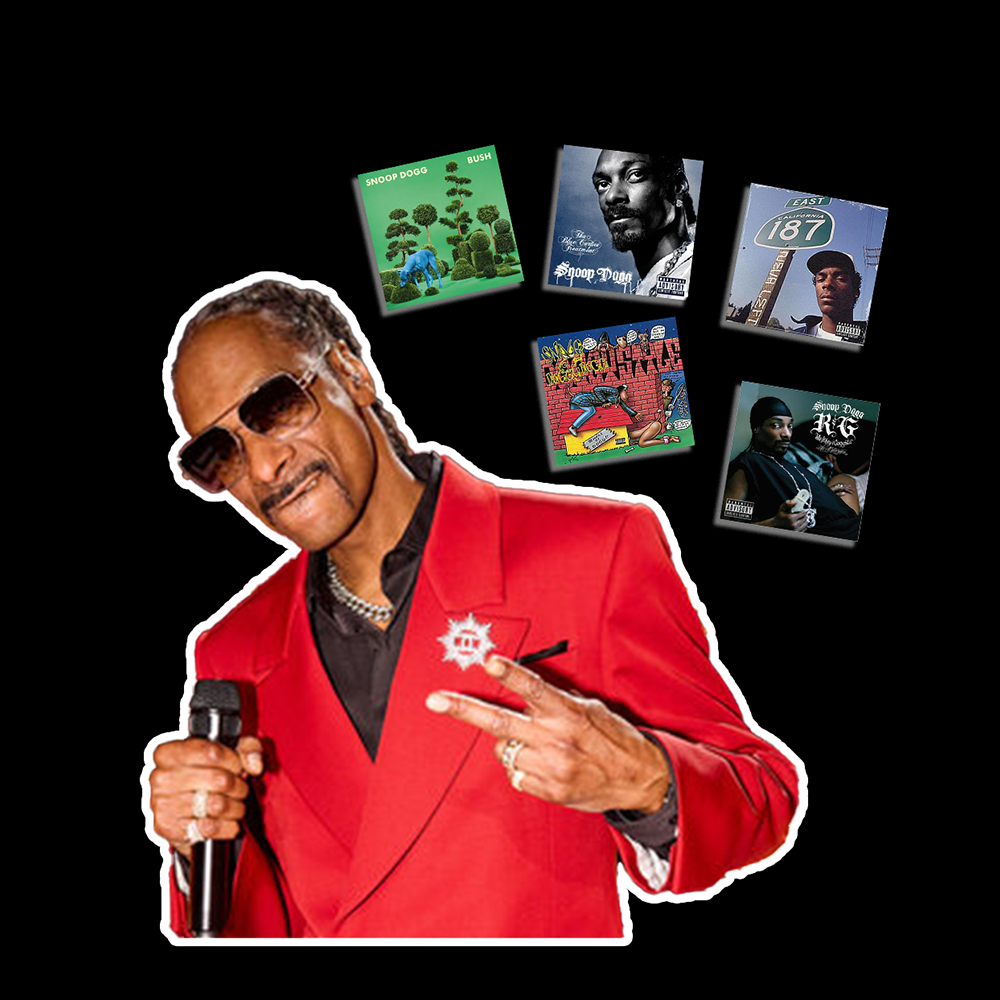







![Cell phone ban in schools? Community responds to proposed legislation [video]](https://nchsinkspot.com/wp-content/uploads/2025/04/Sequence.00_01_09_19.Still001-1200x675.png)



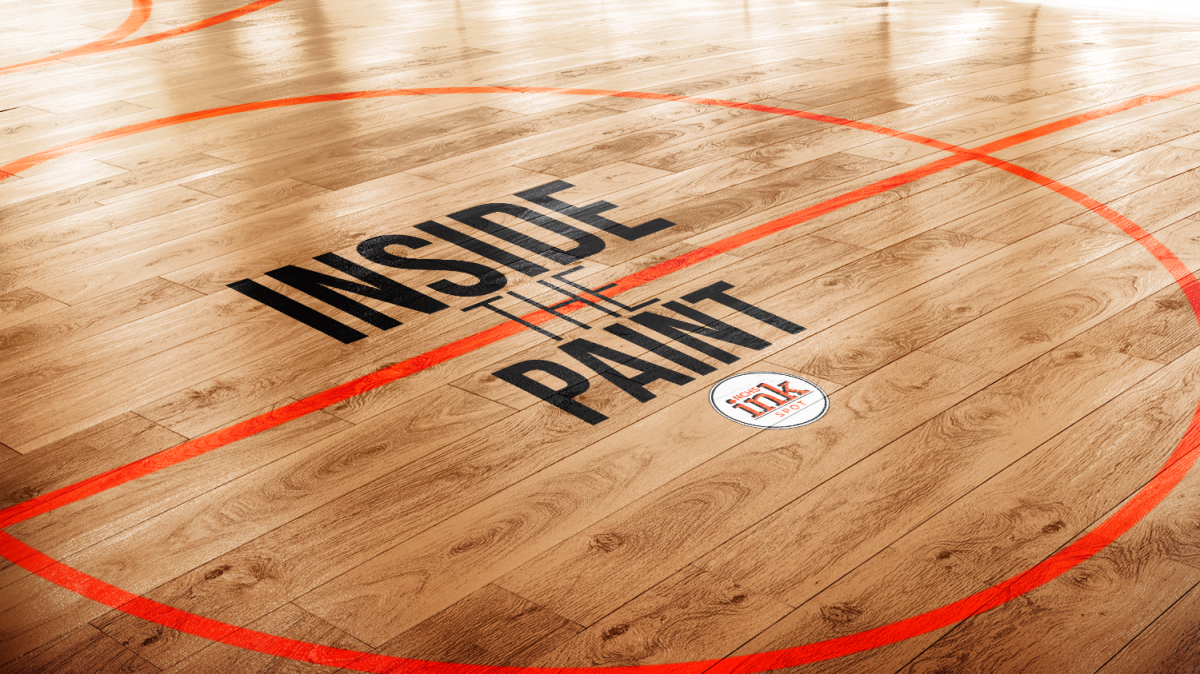
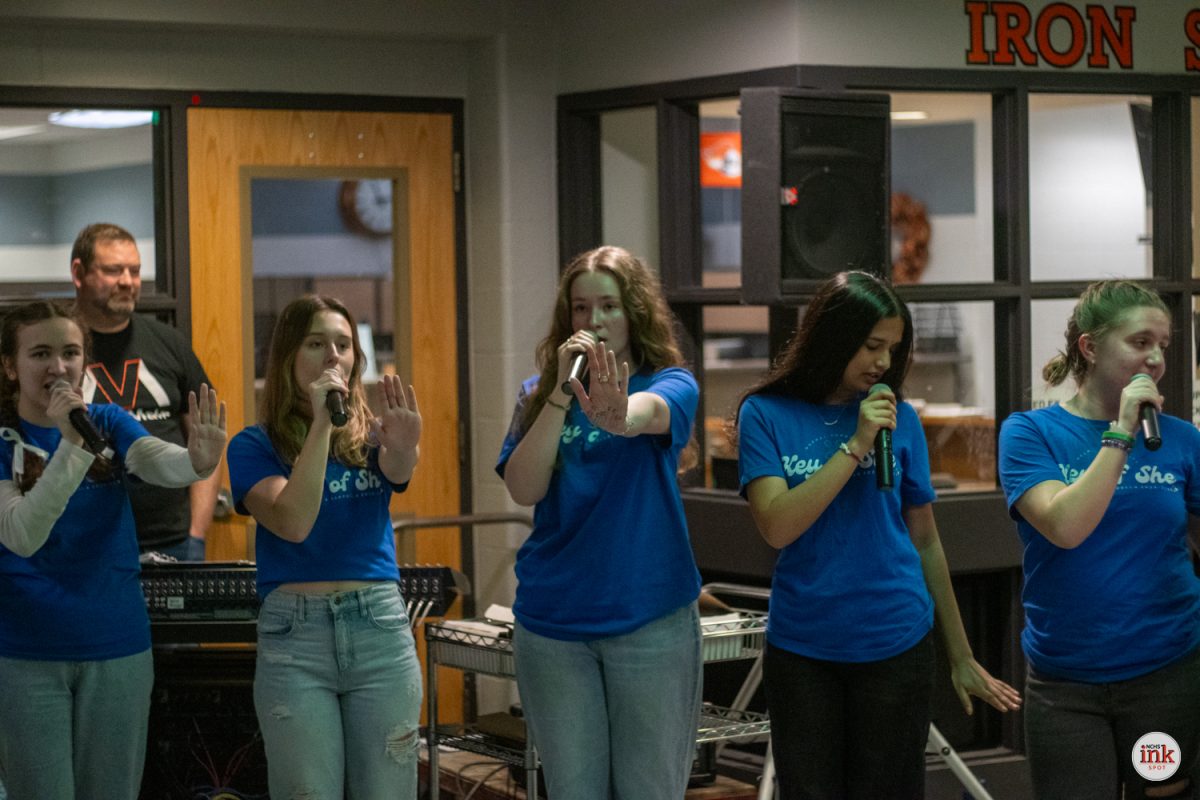
![Ironmen spring sports update: April 9 [video]](https://nchsinkspot.com/wp-content/uploads/2025/04/sports-recap-square-1200x1200.png)
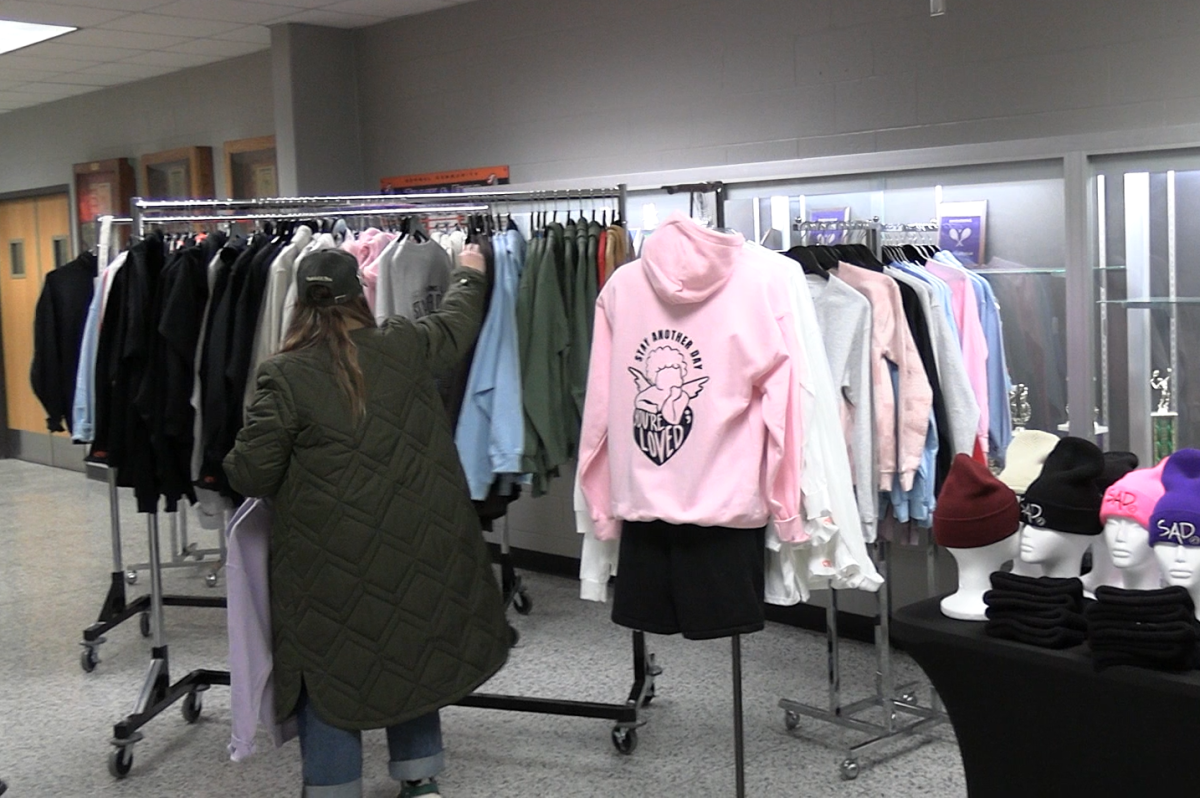
![Ironmen in the hunt: Coach Feeney talks Big 12 Title race ahead of PND matchup [video]](https://nchsinkspot.com/wp-content/uploads/2025/01/feeney-1200x675.png)
![On the Spot: This or That – Halloween [video]](https://nchsinkspot.com/wp-content/uploads/2024/10/tot-Halloween-YT-1200x675.png)
![On the Spot: This or That – Fall favorites [video]](https://nchsinkspot.com/wp-content/uploads/2024/10/ots-fall-web-1200x800.png)
![On the Spot – Teachers tested on 2023’s hottest words [video]](https://nchsinkspot.com/wp-content/uploads/2024/01/On-the-Spot-Teachers-tested-1200x675.png)

